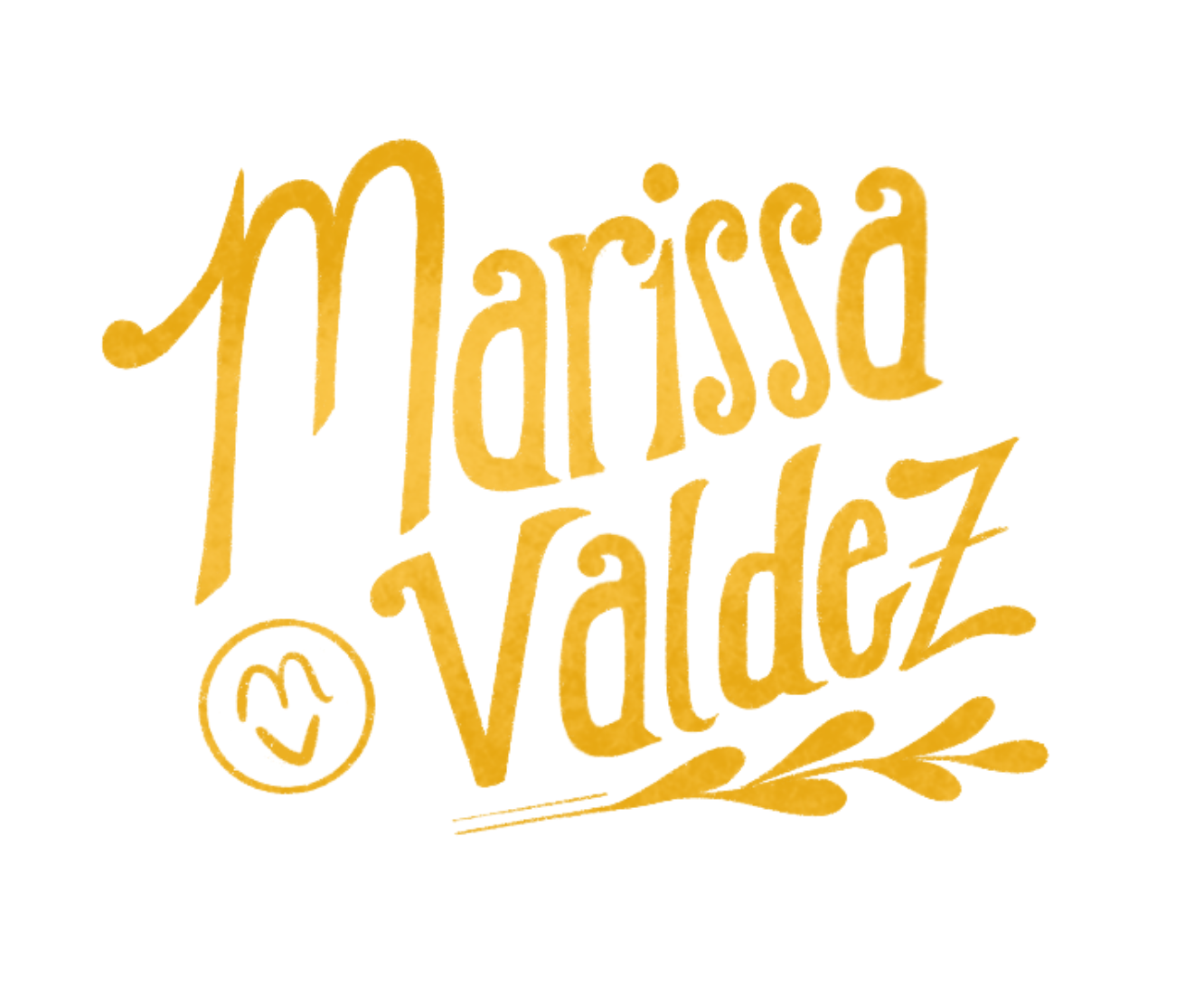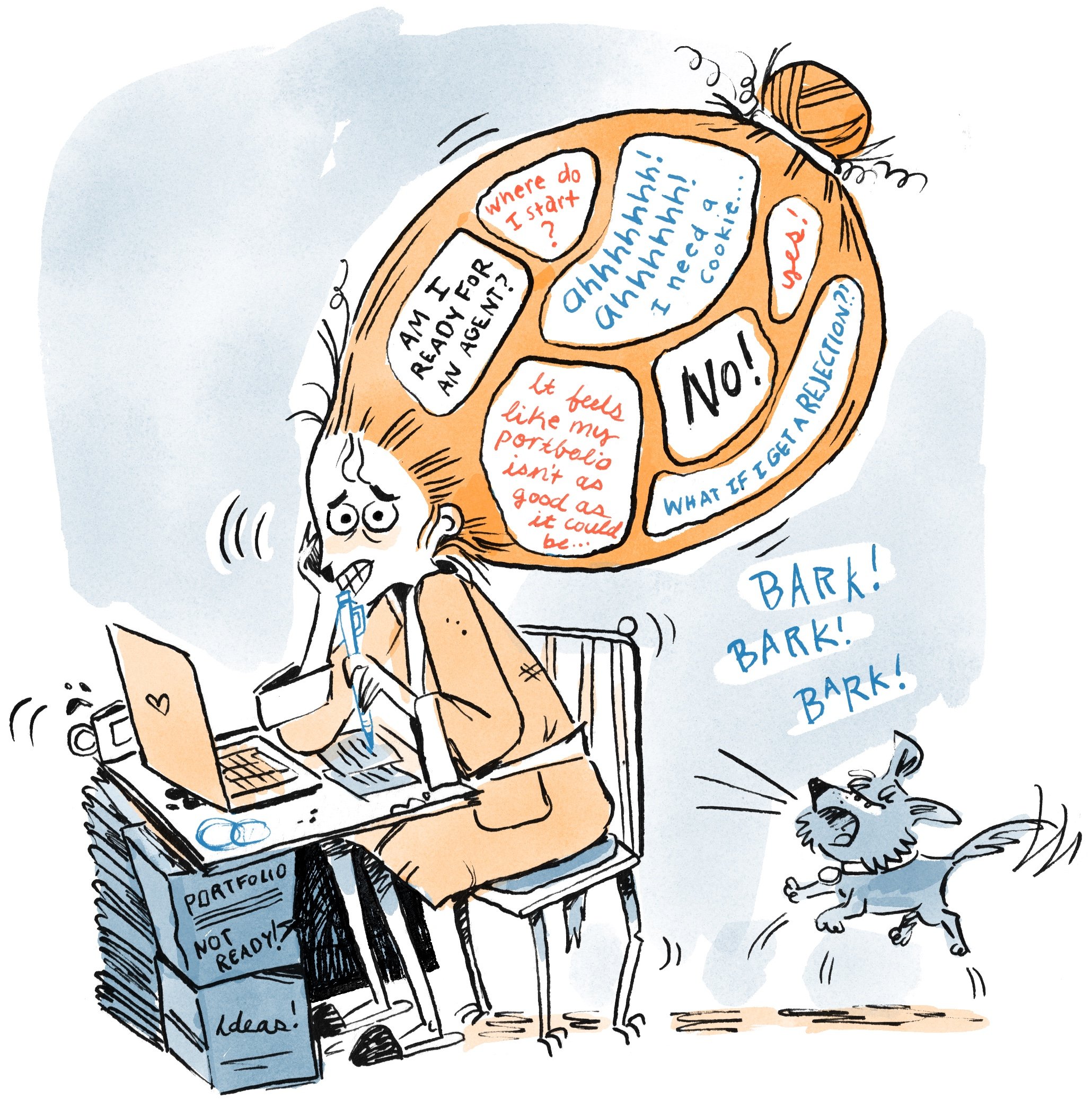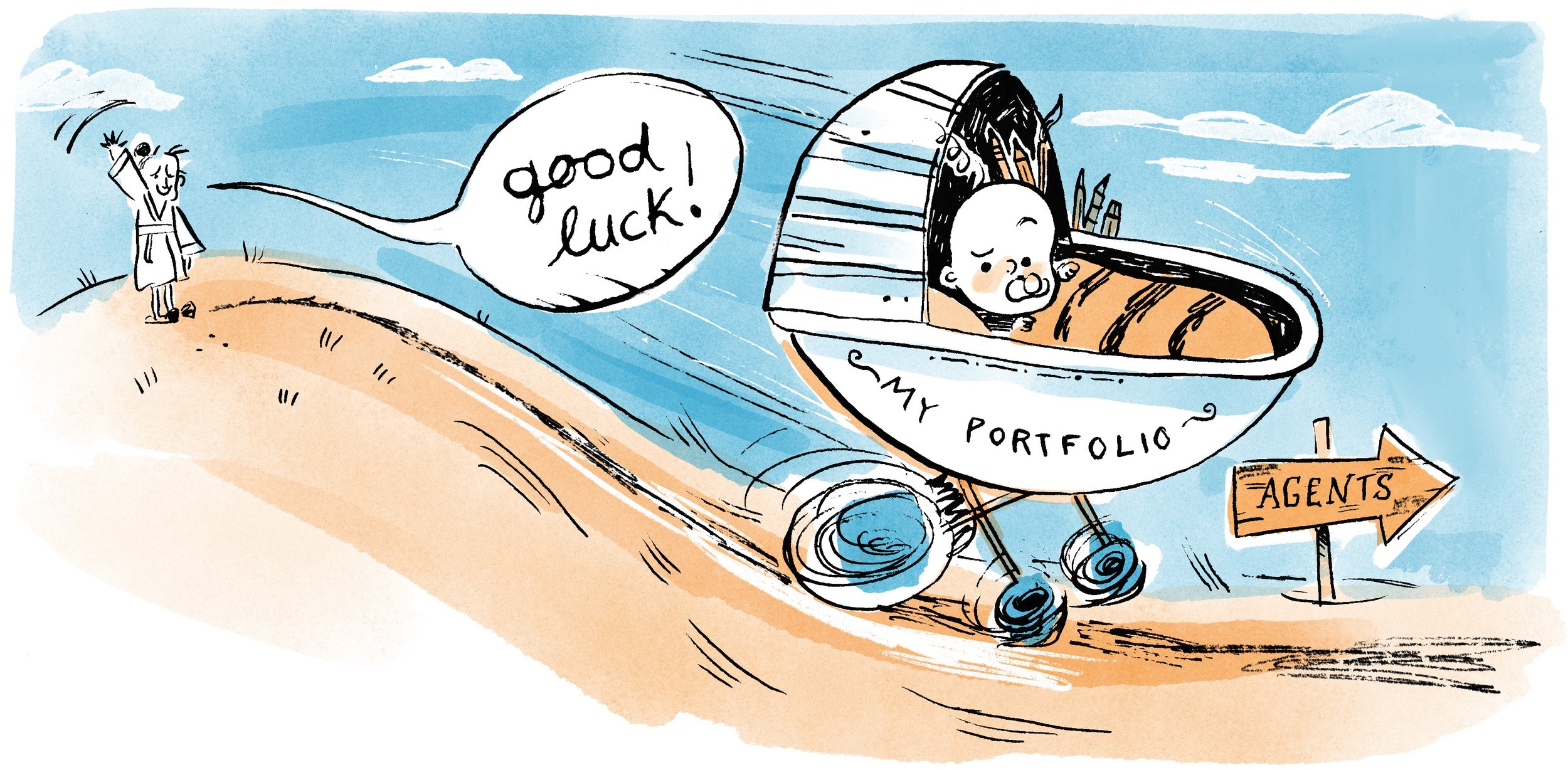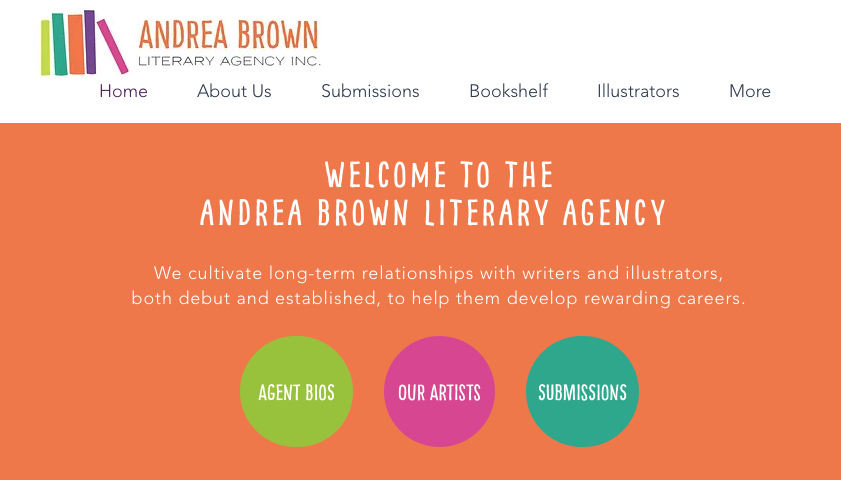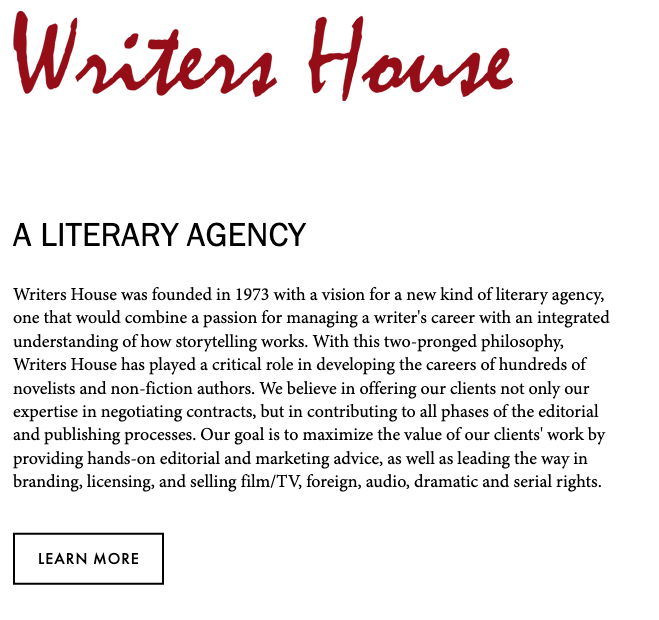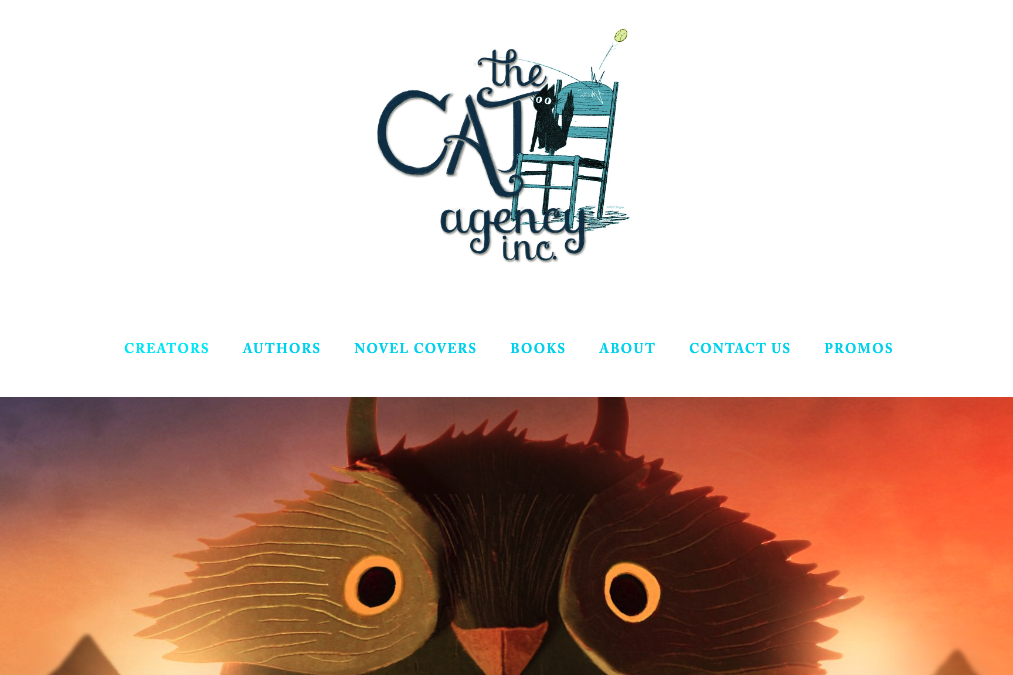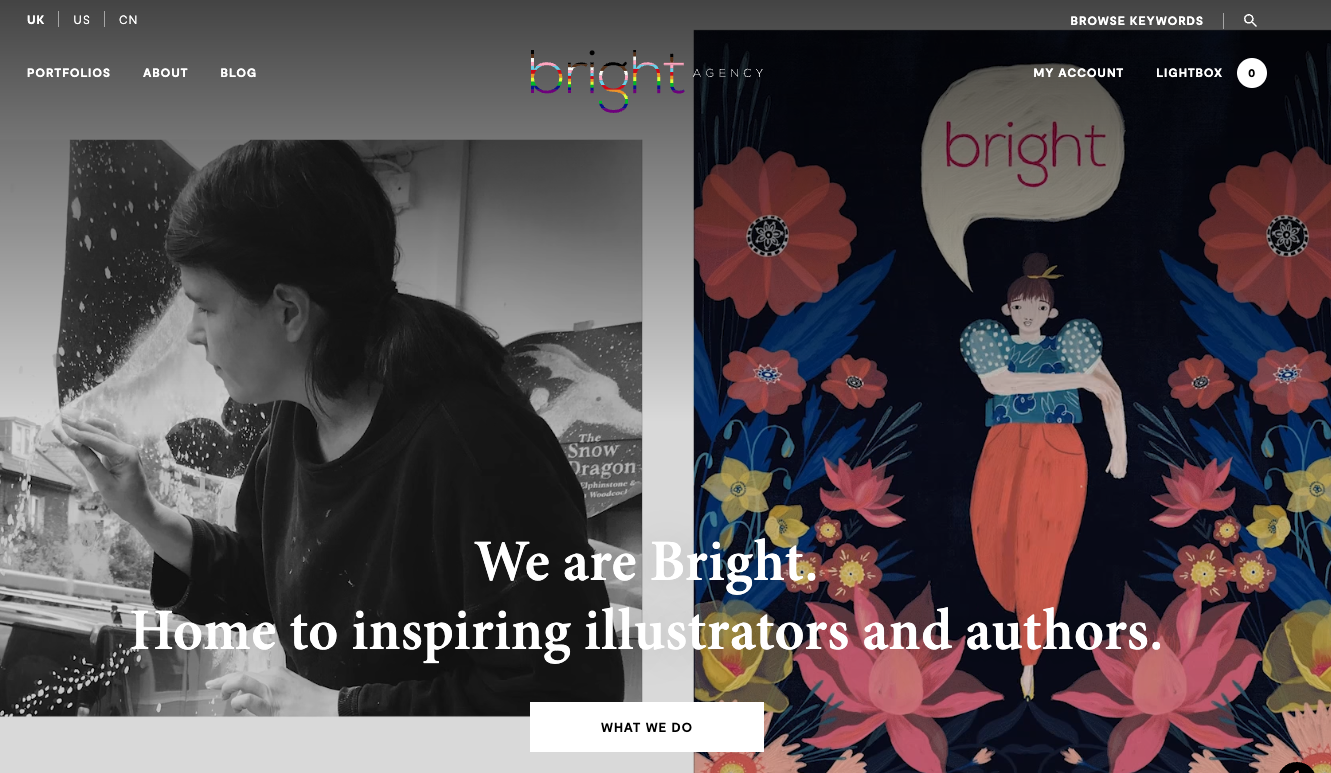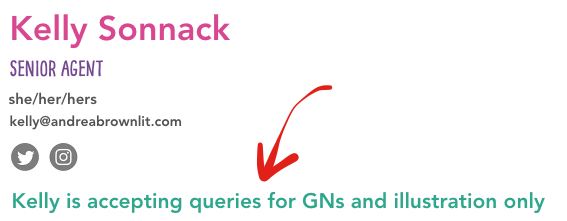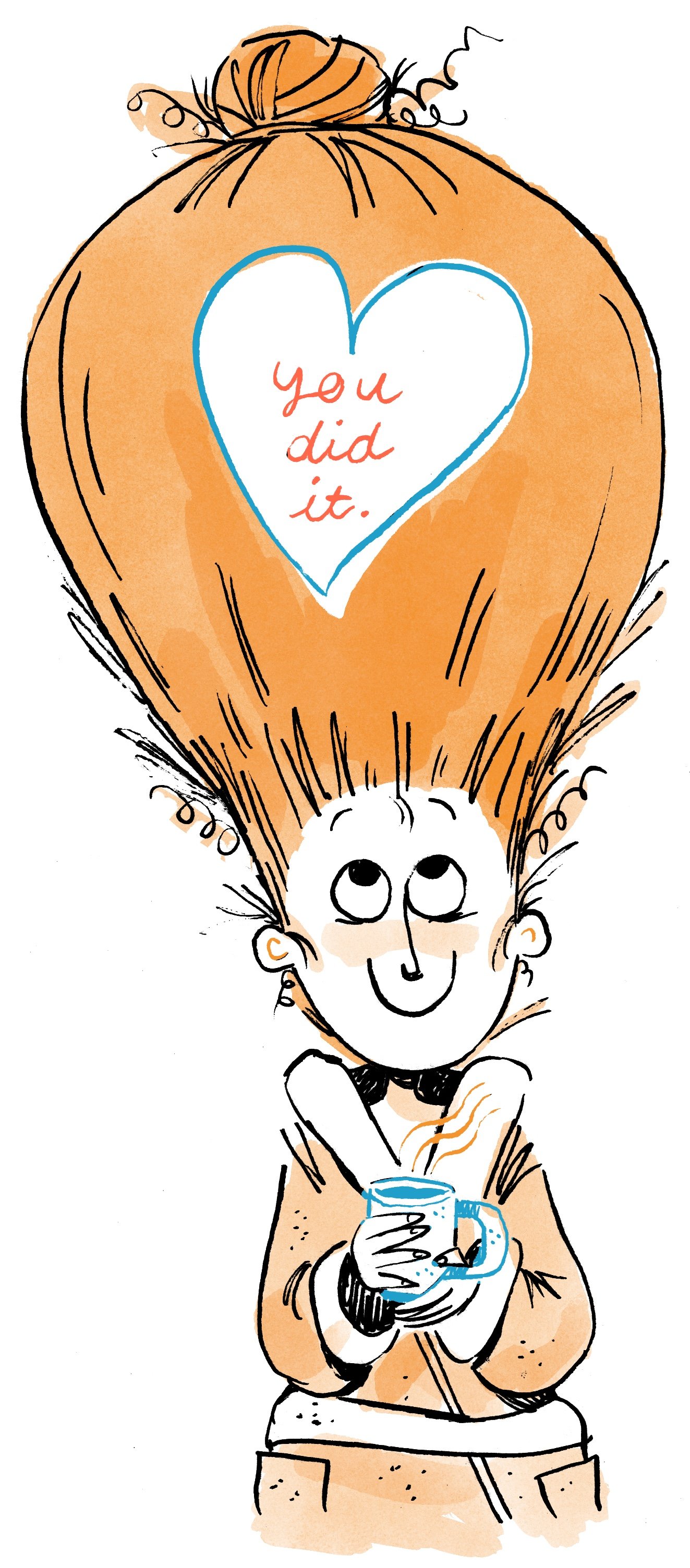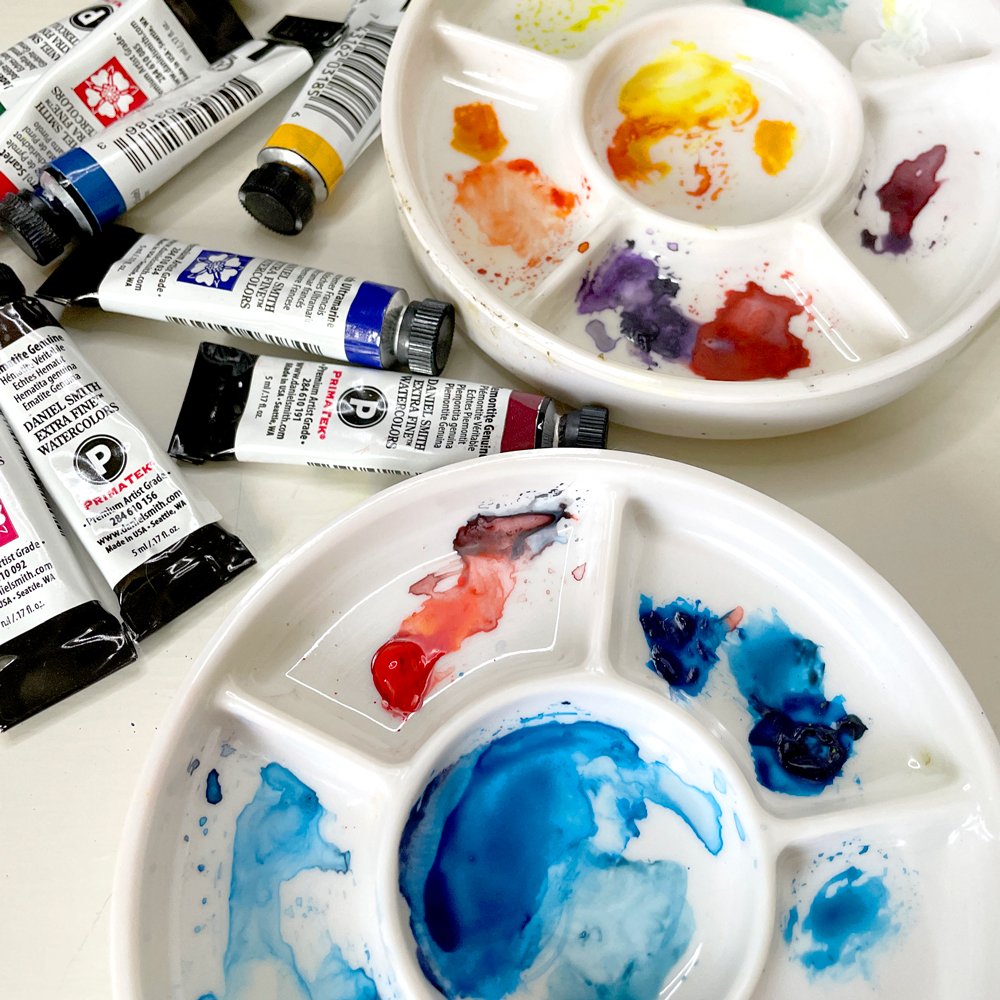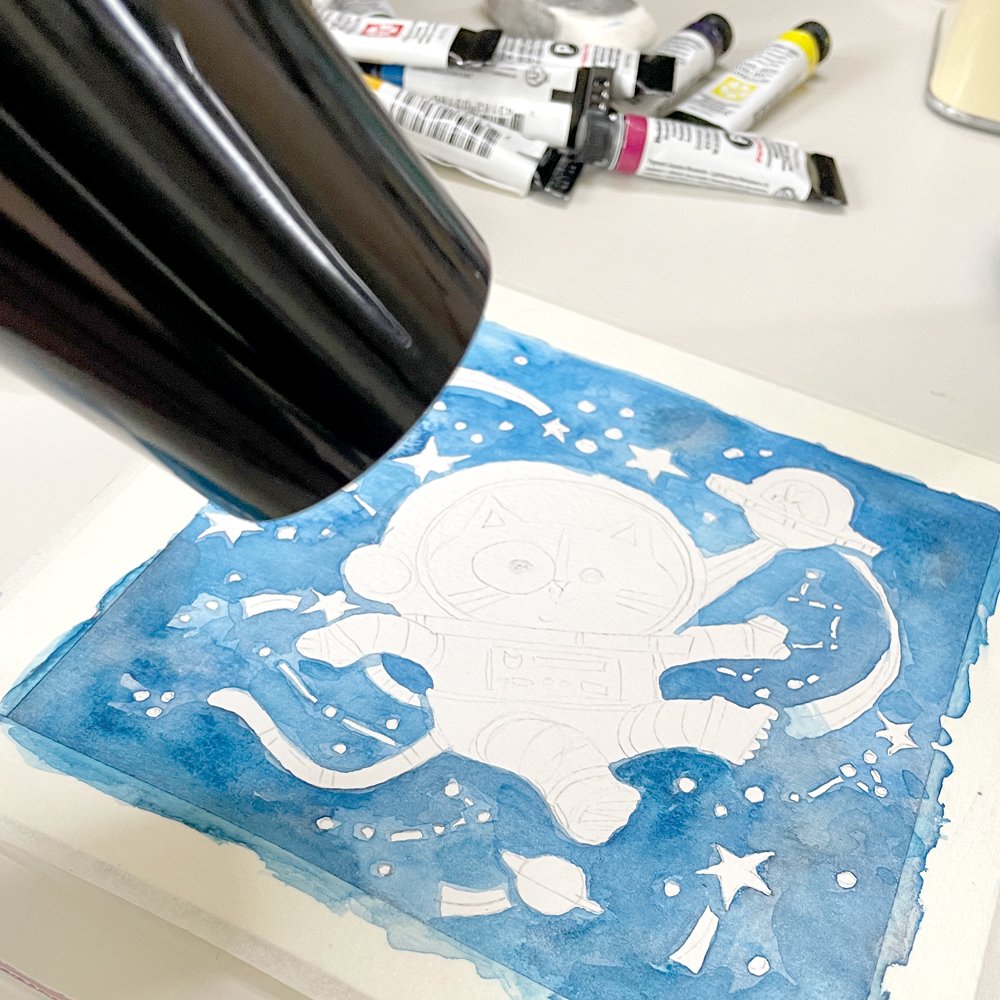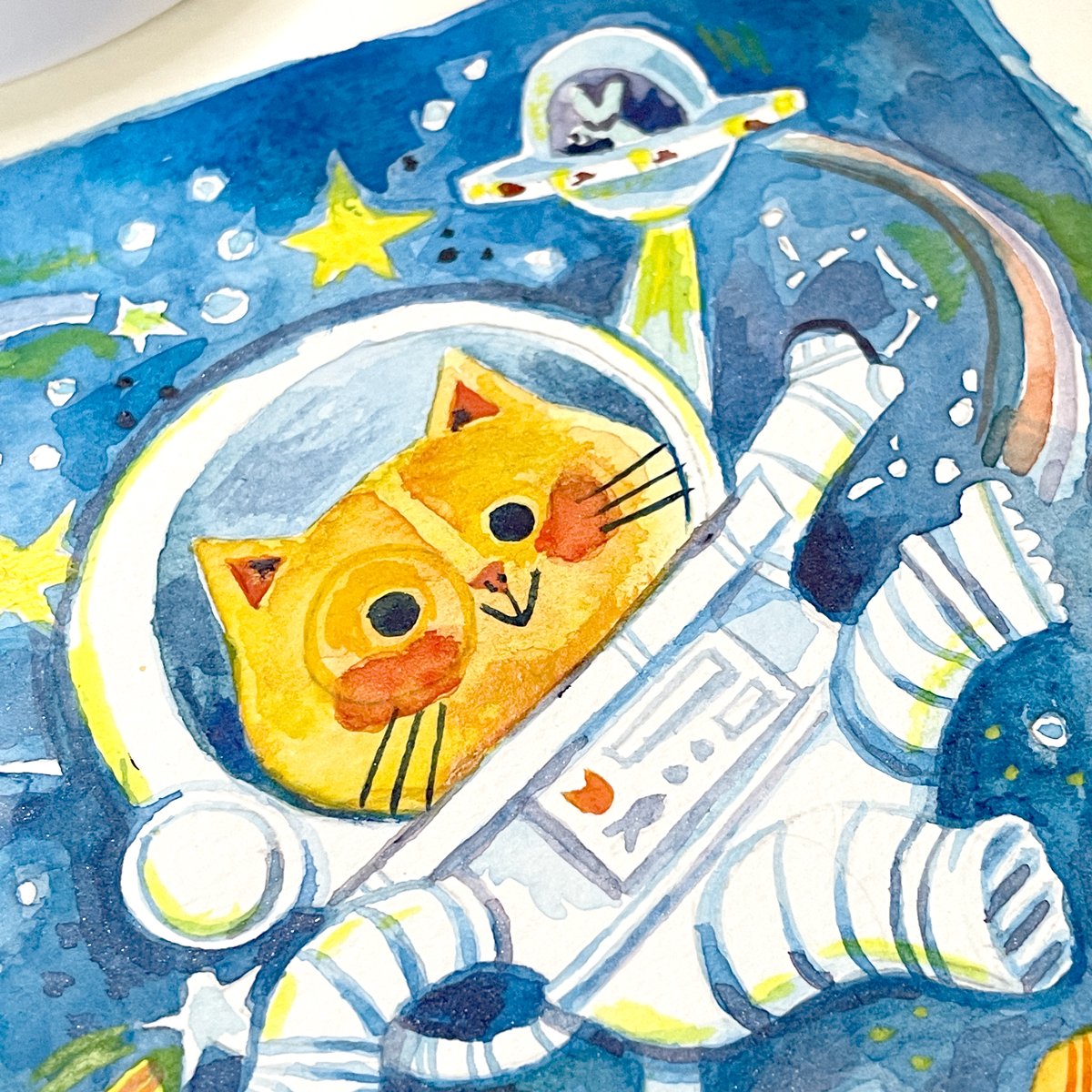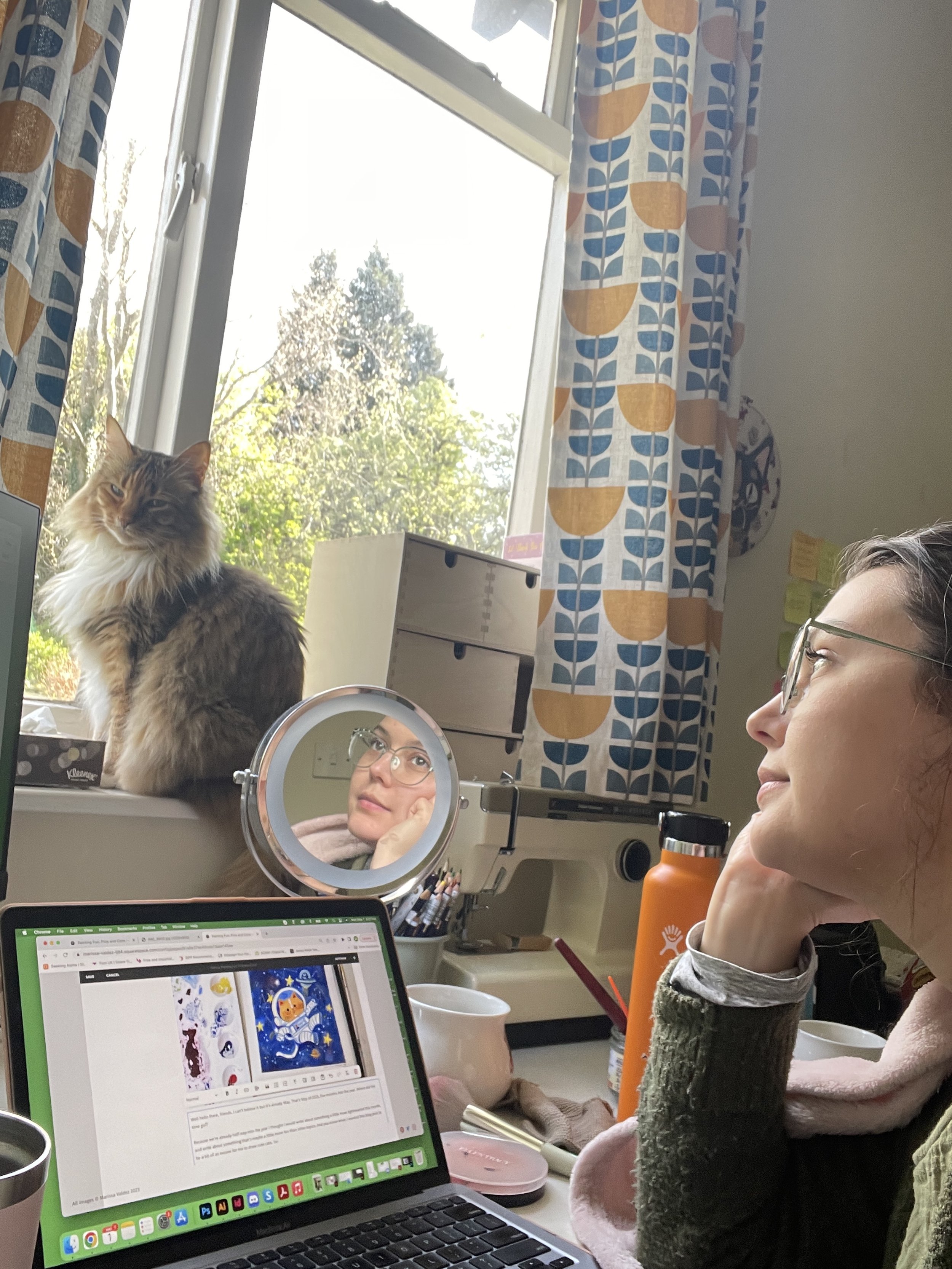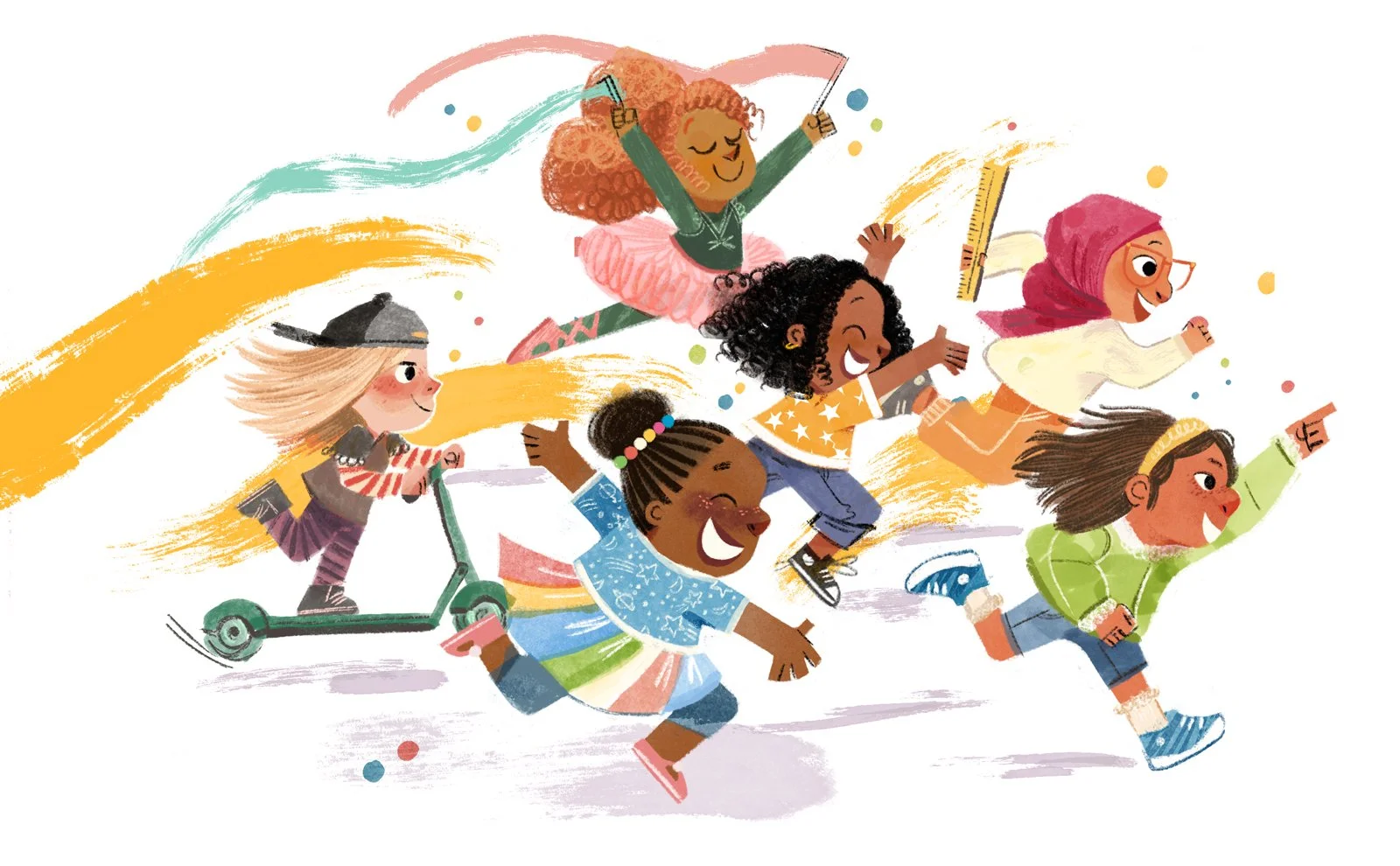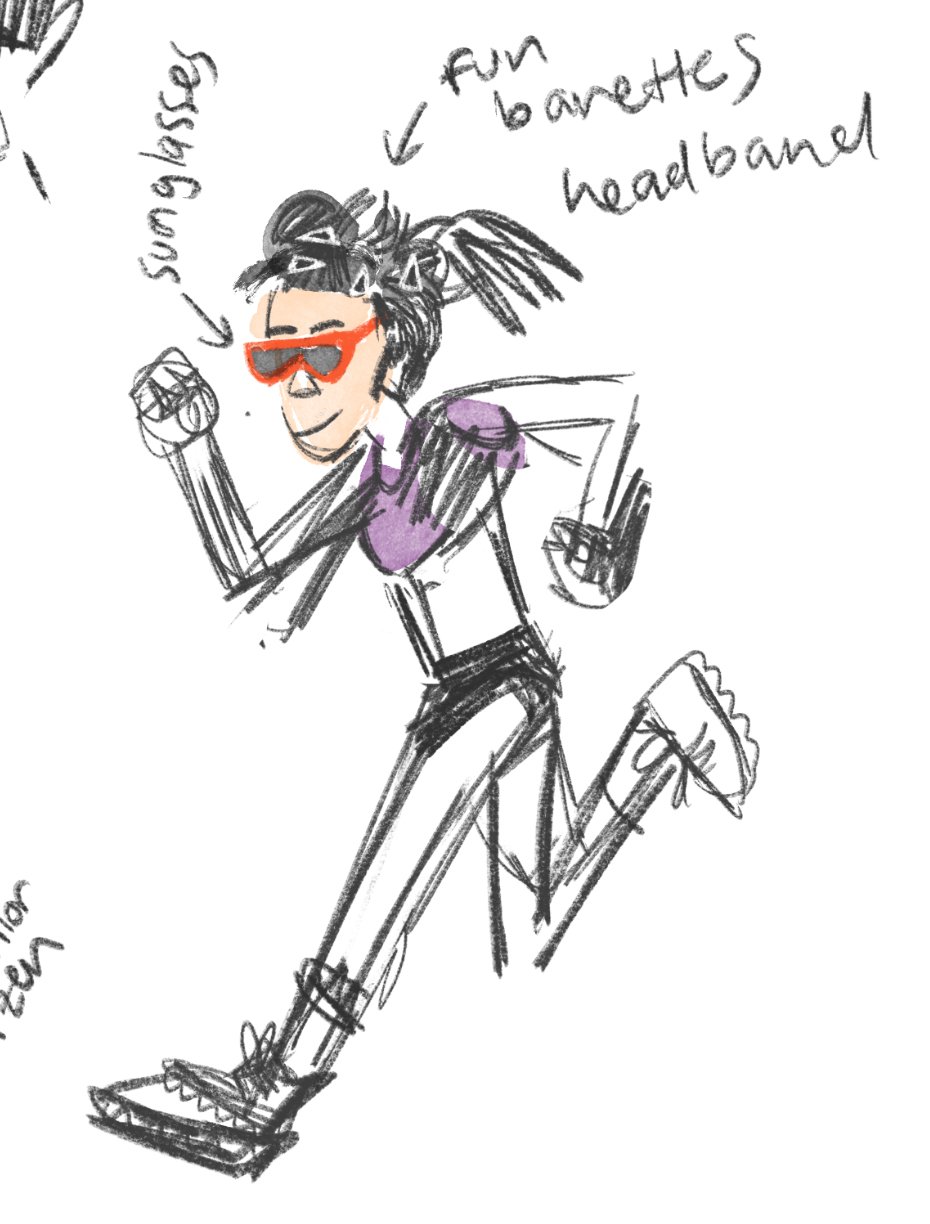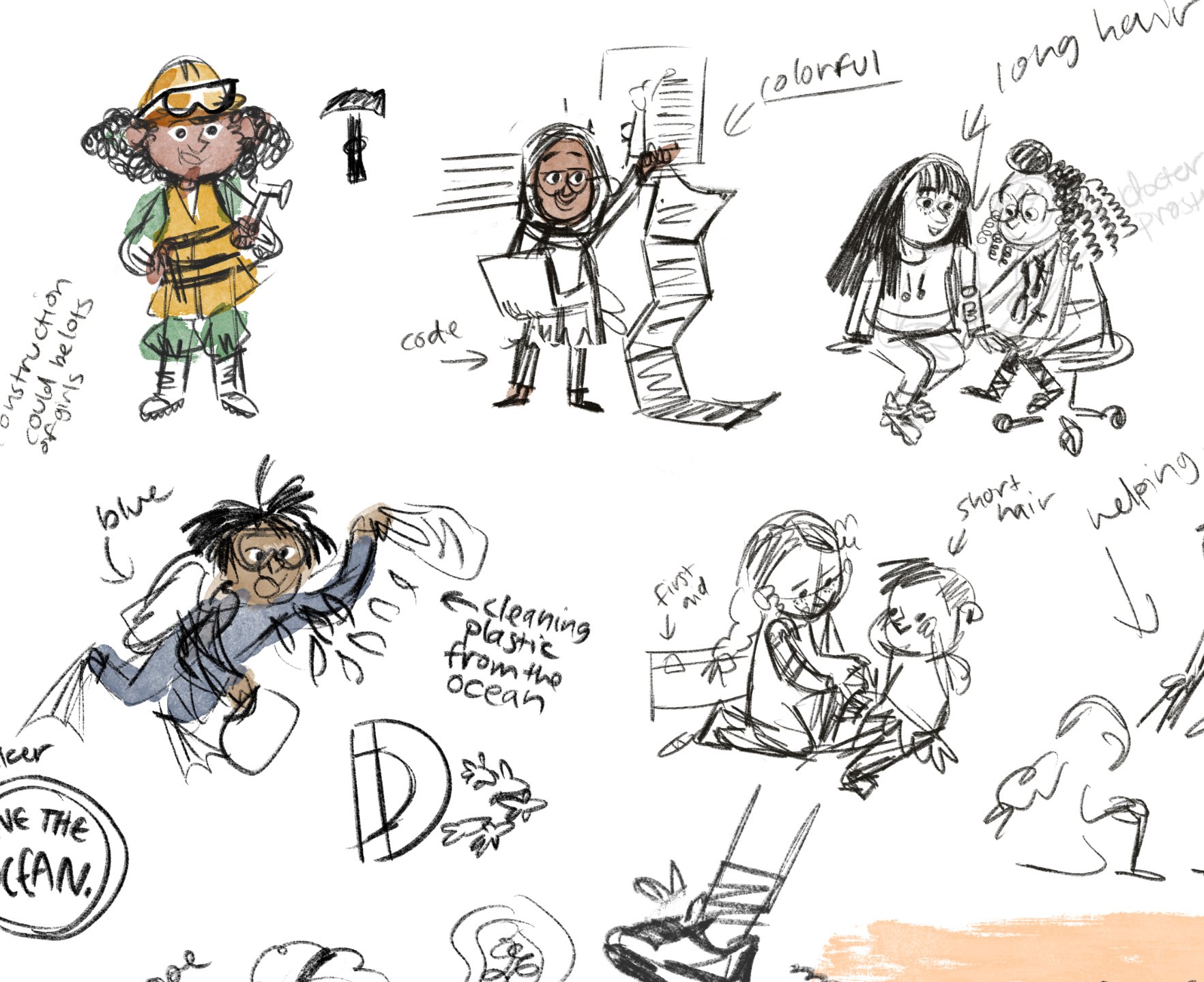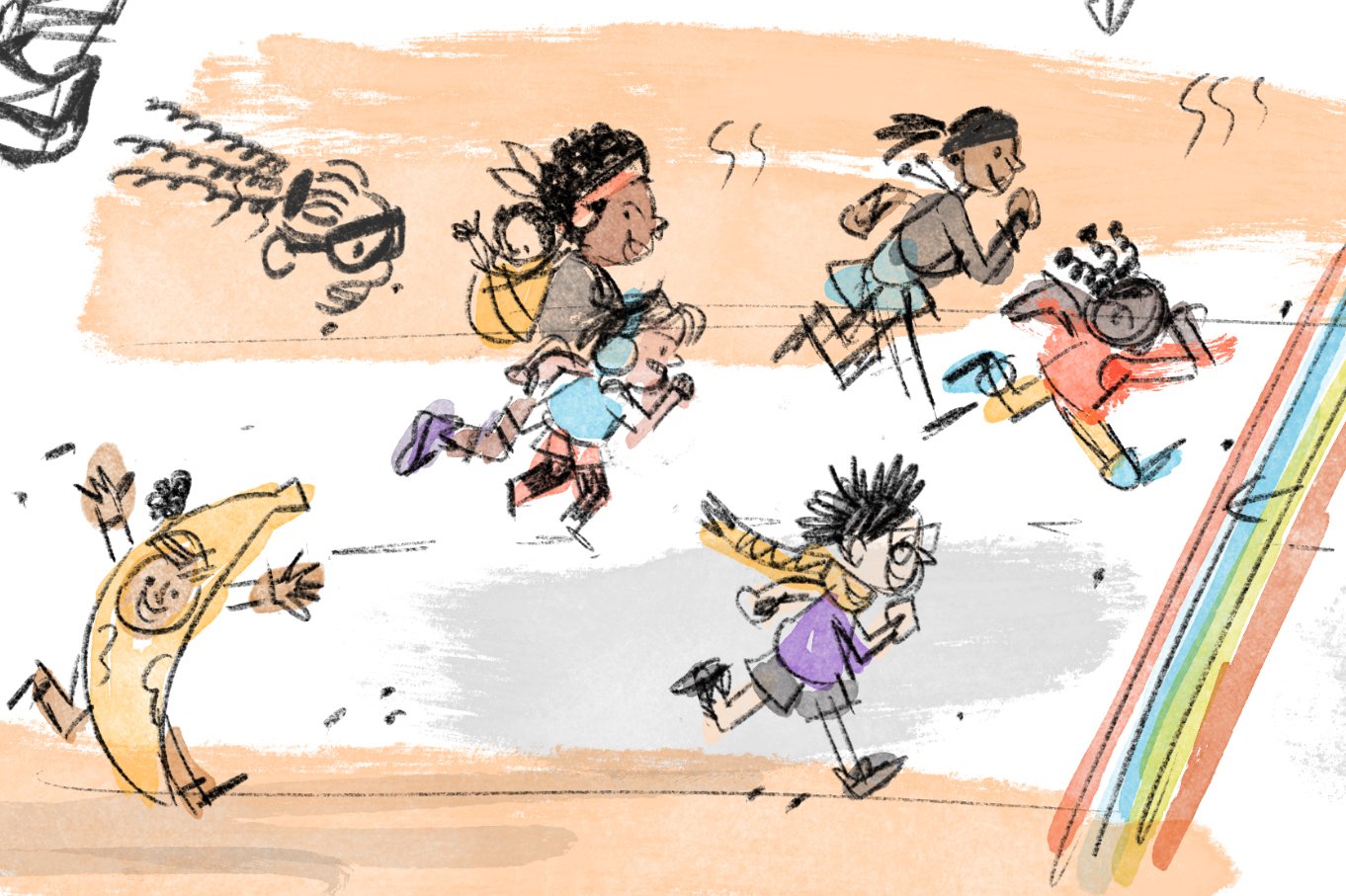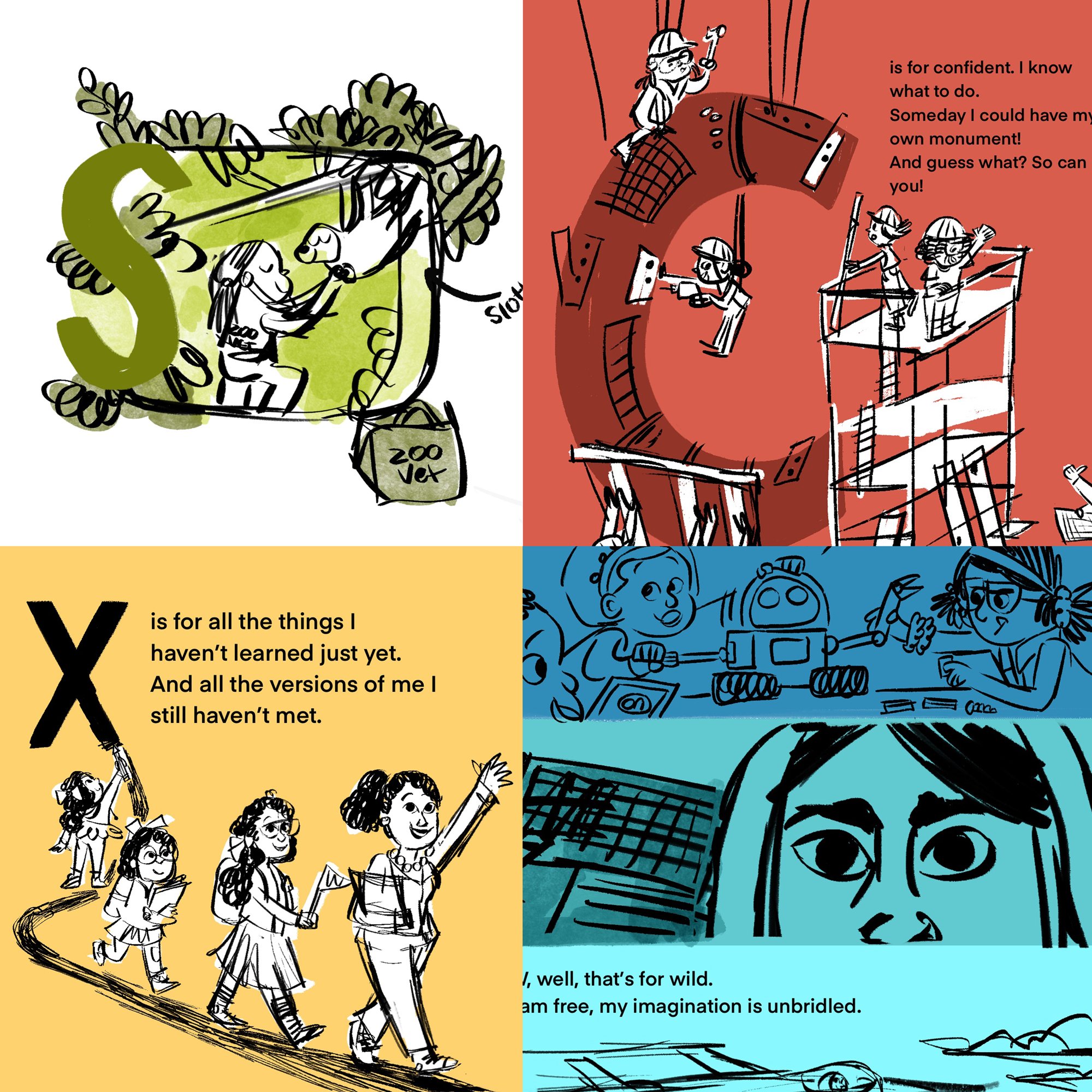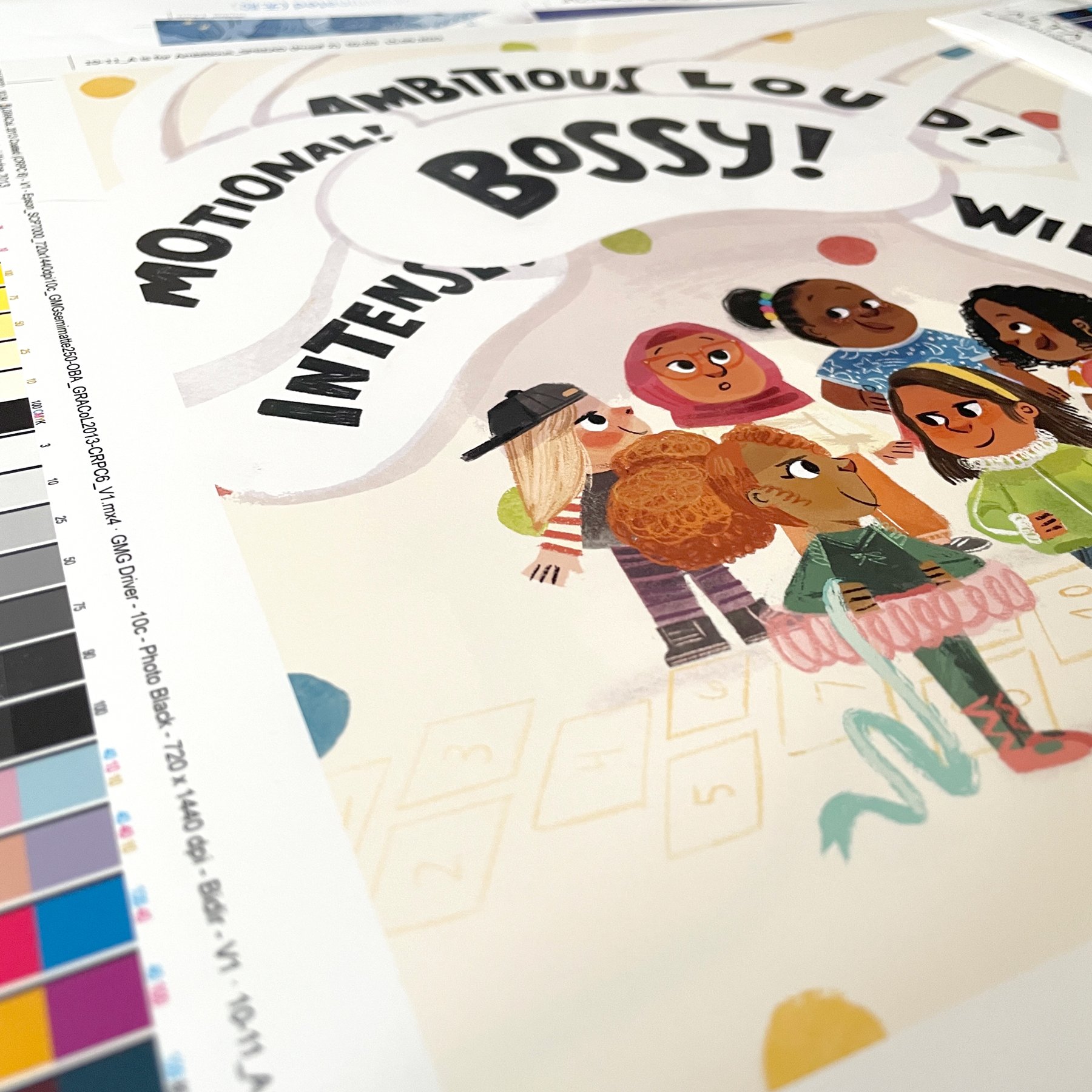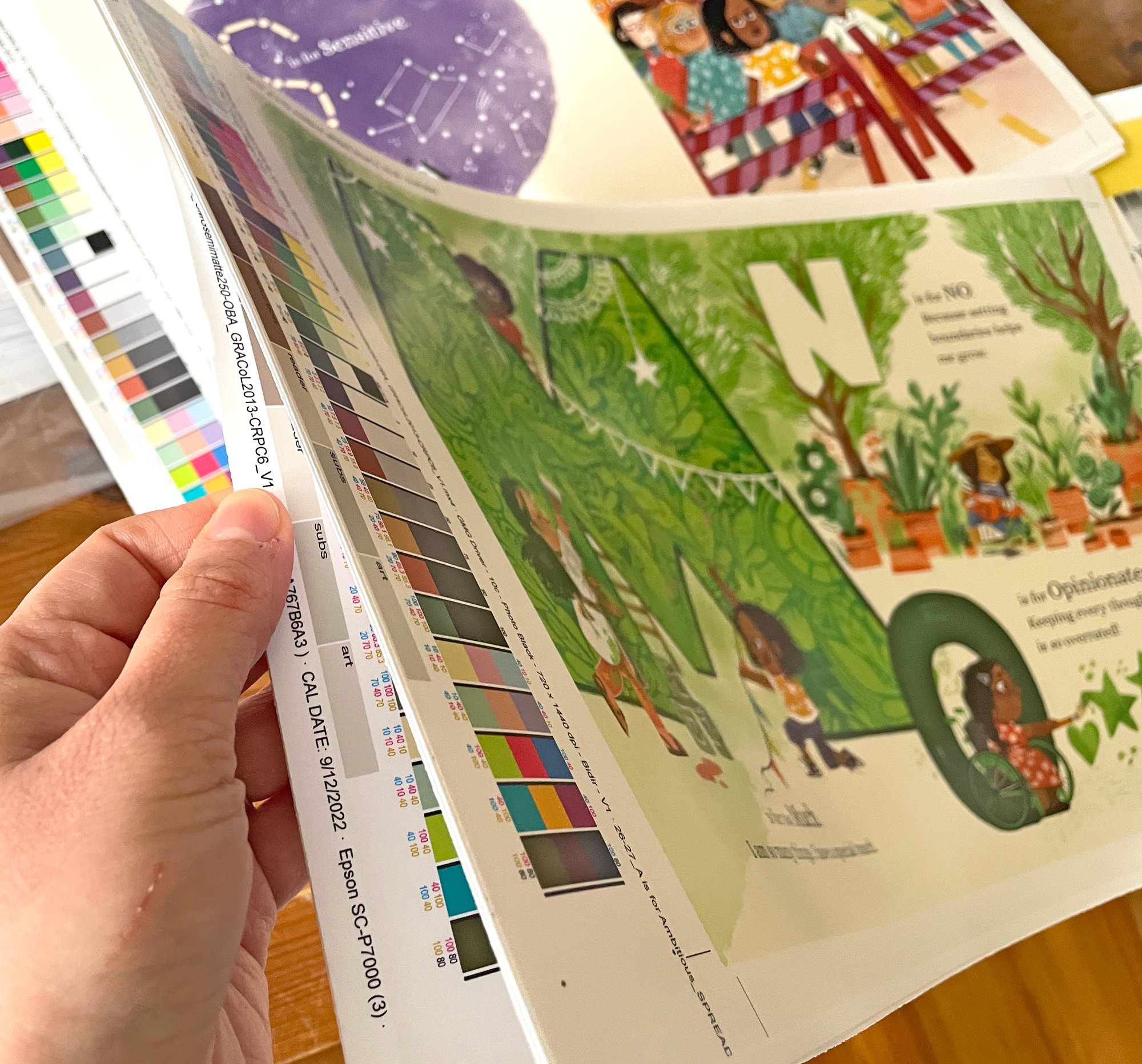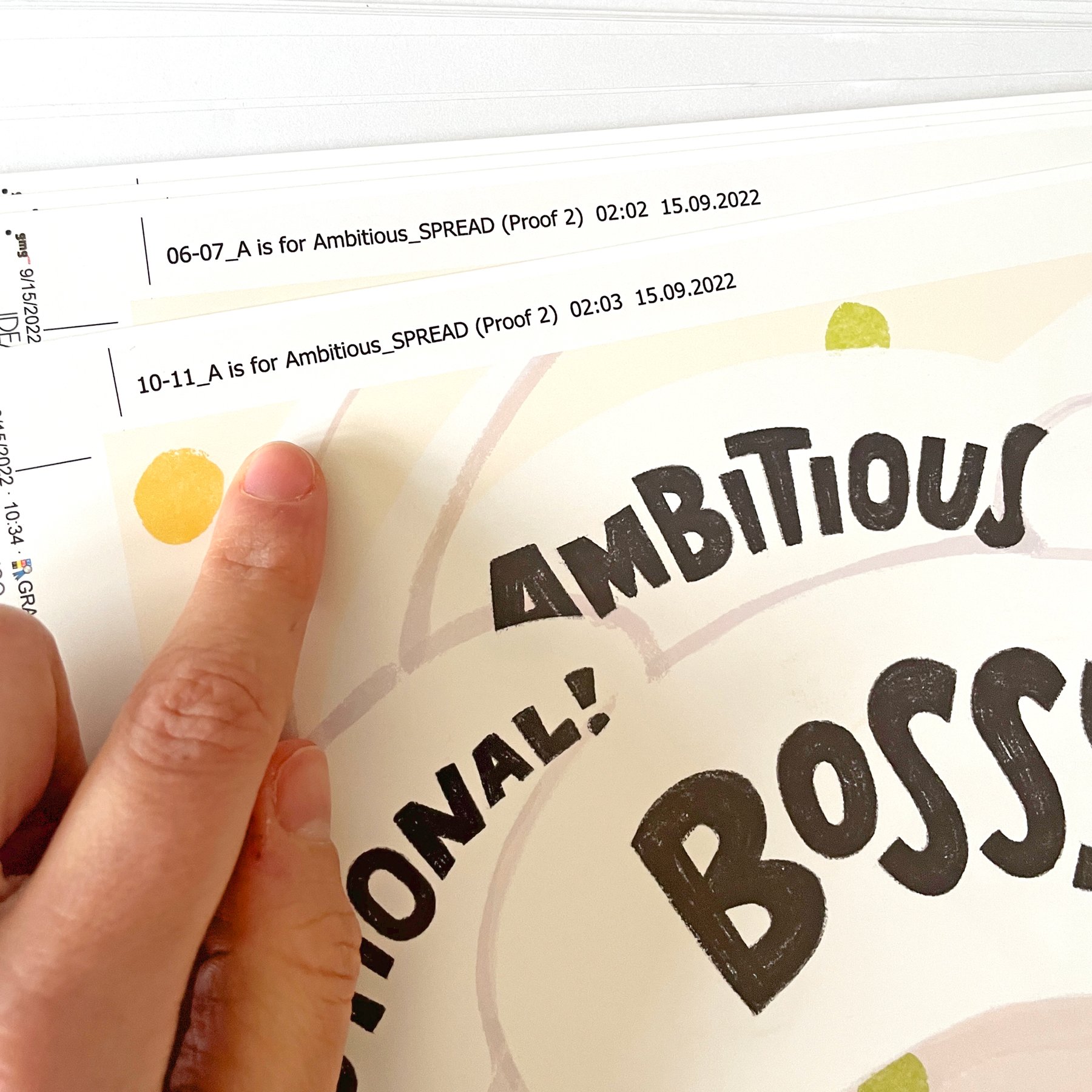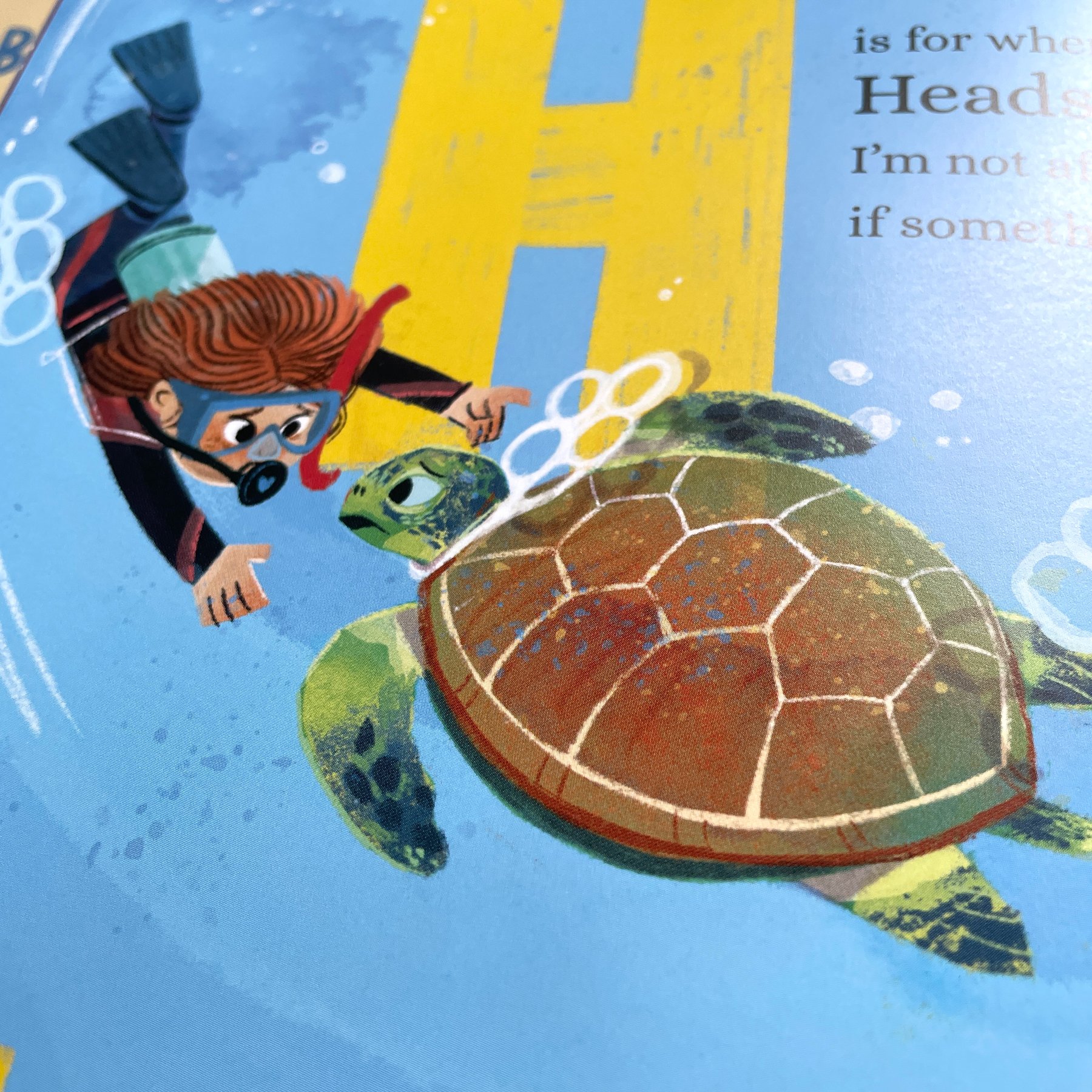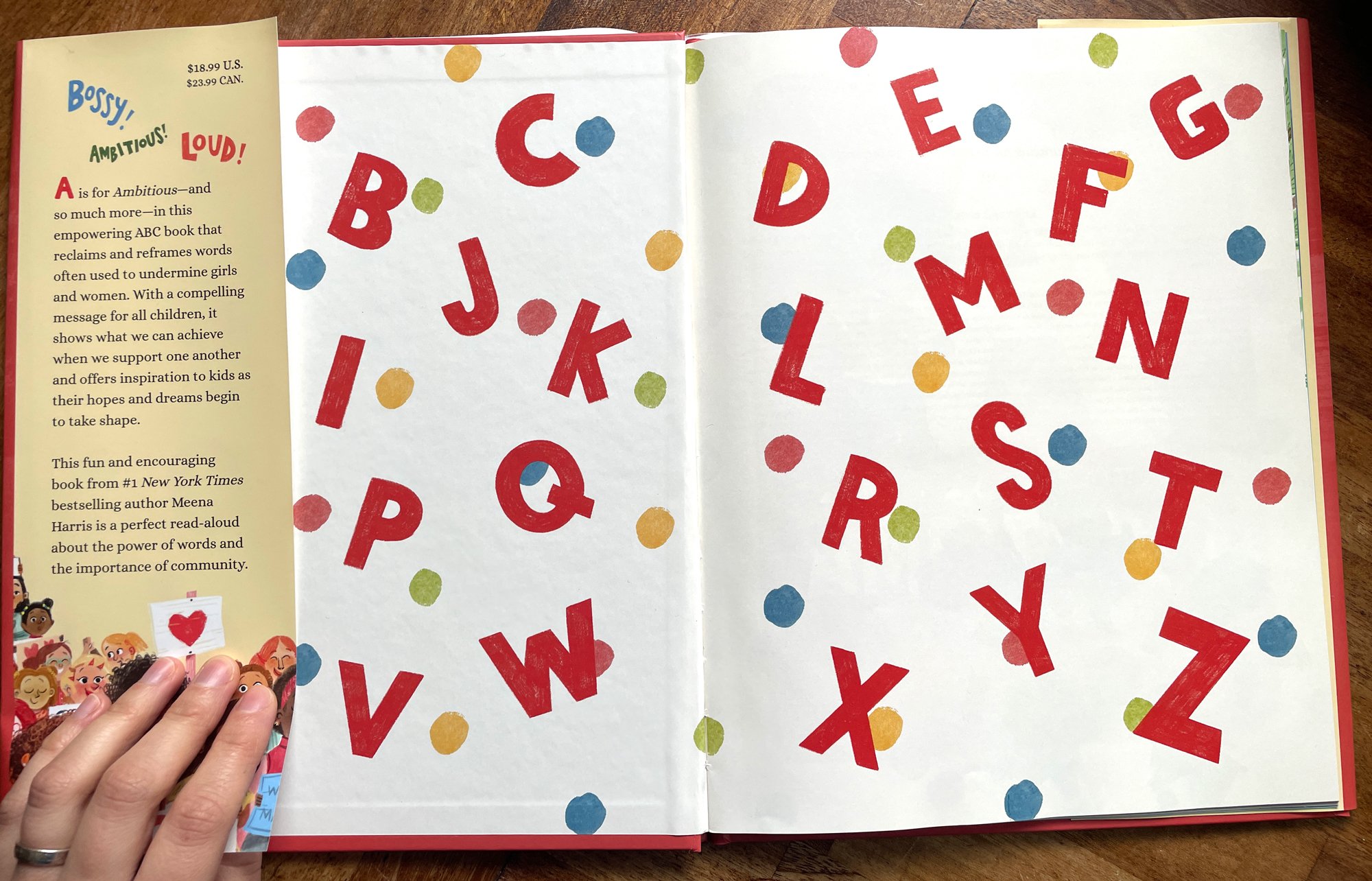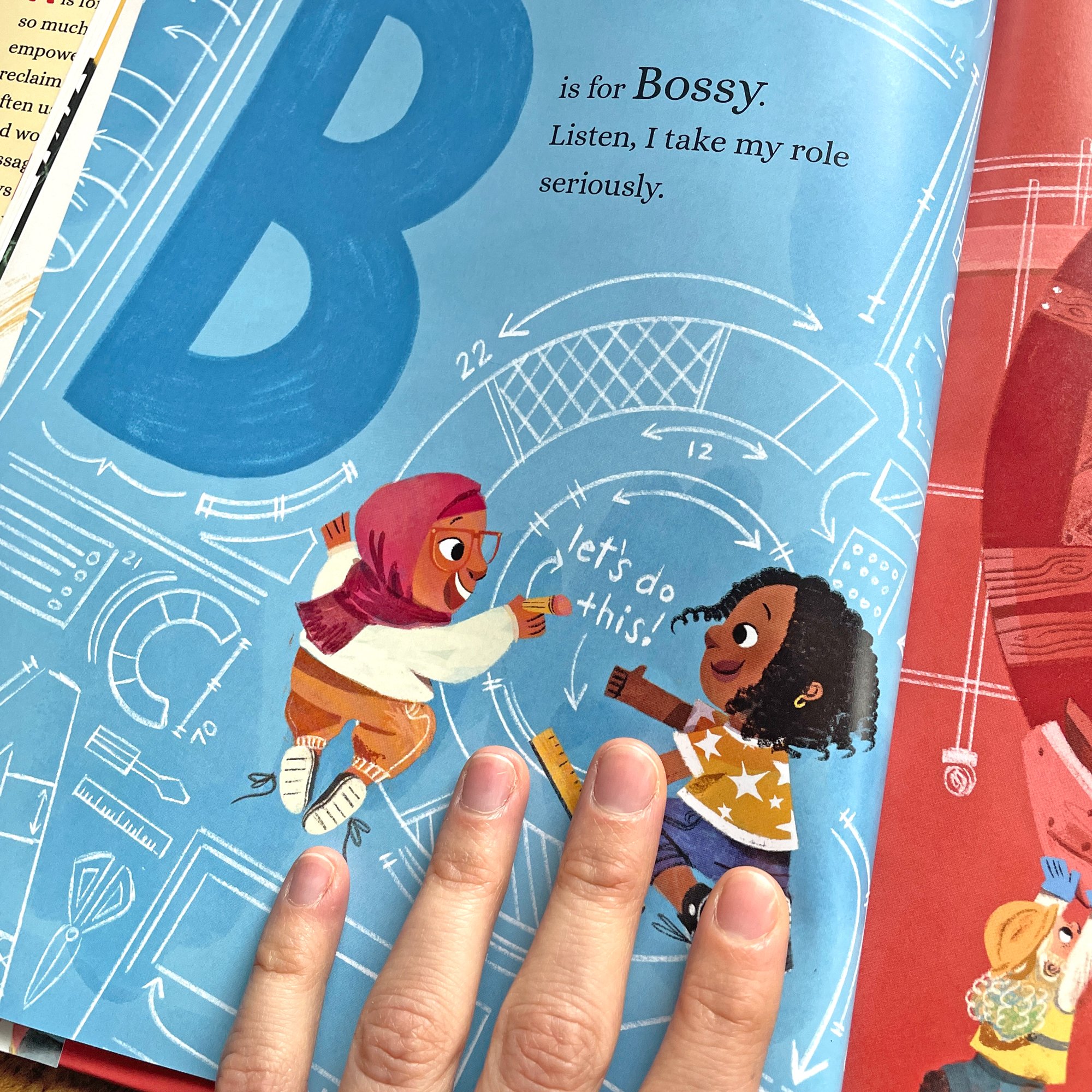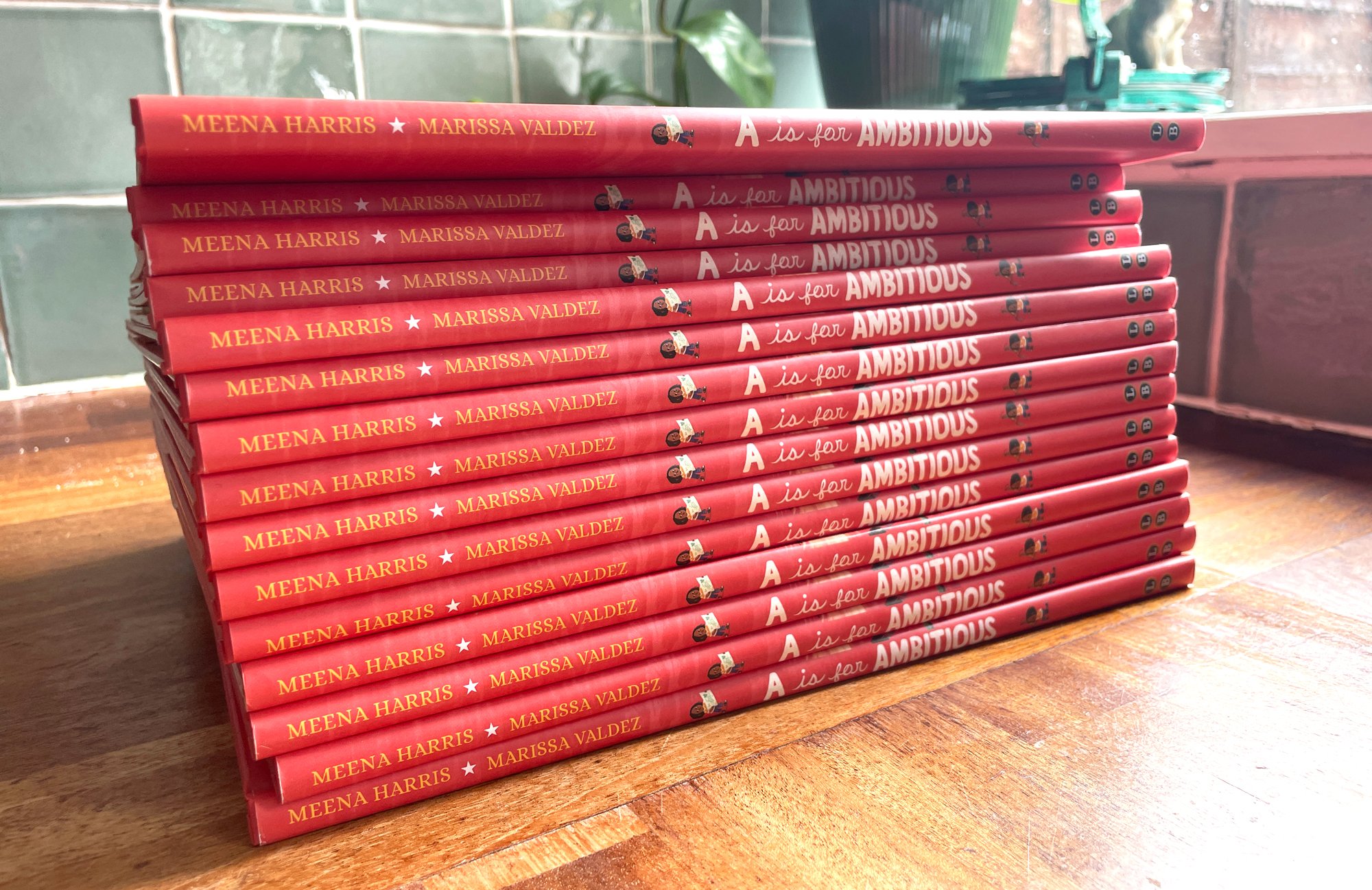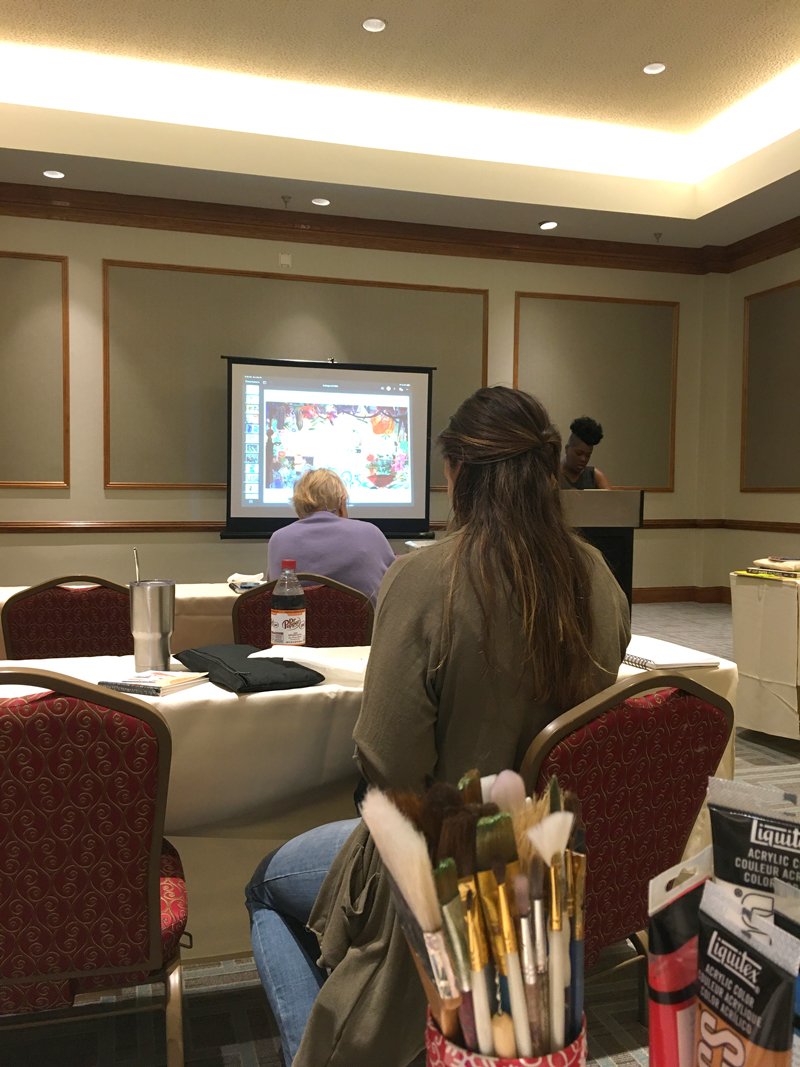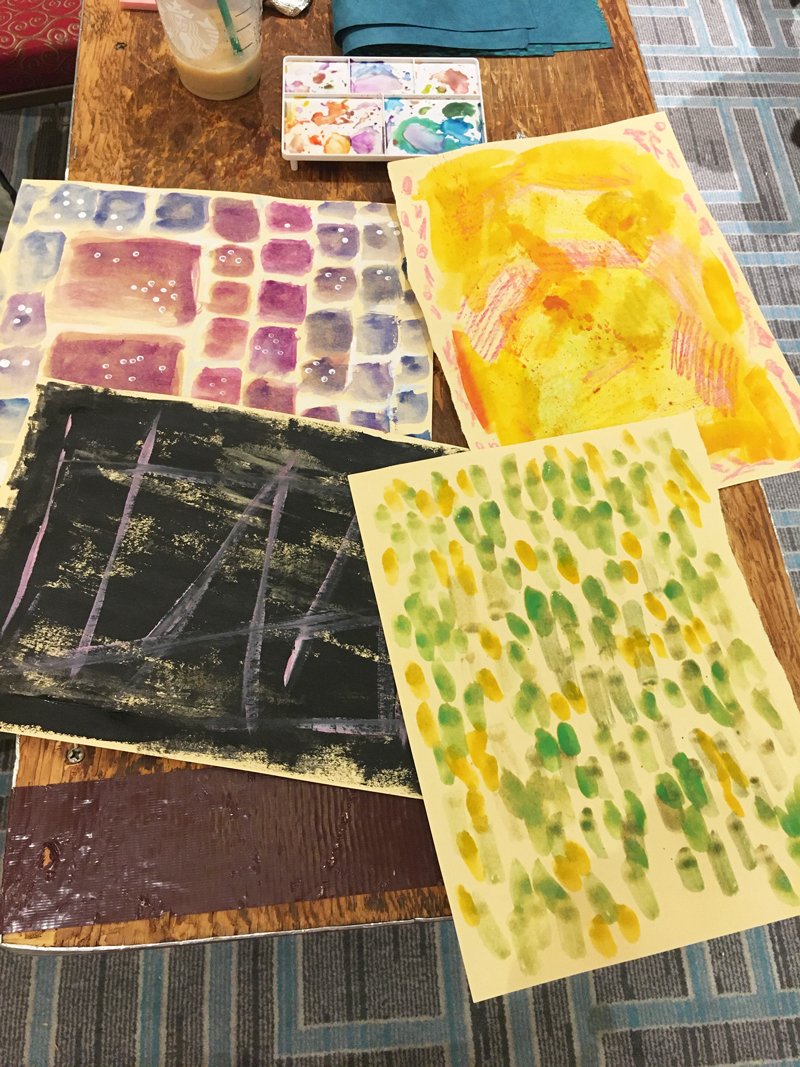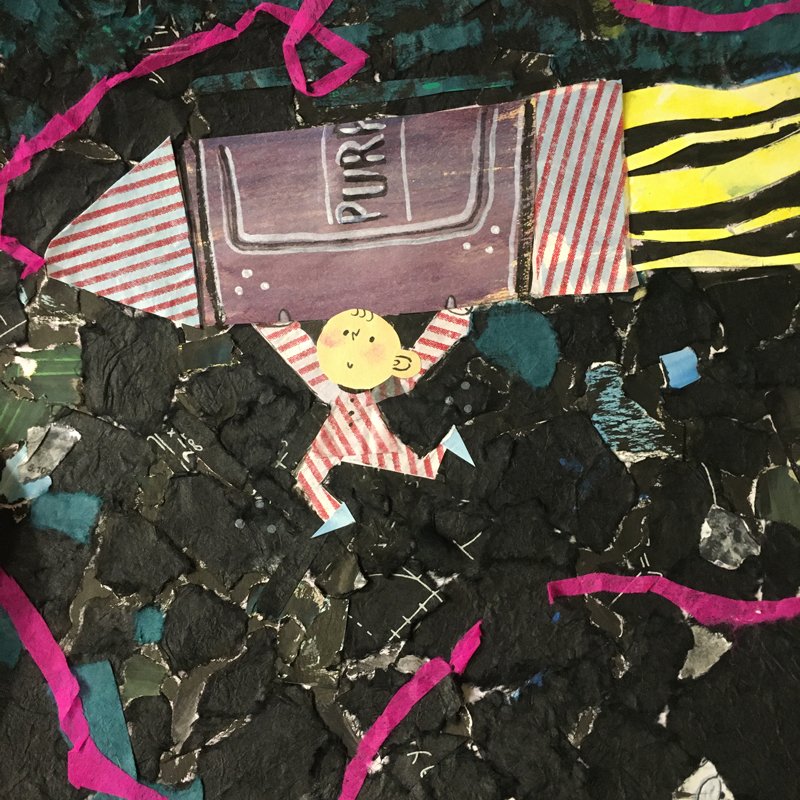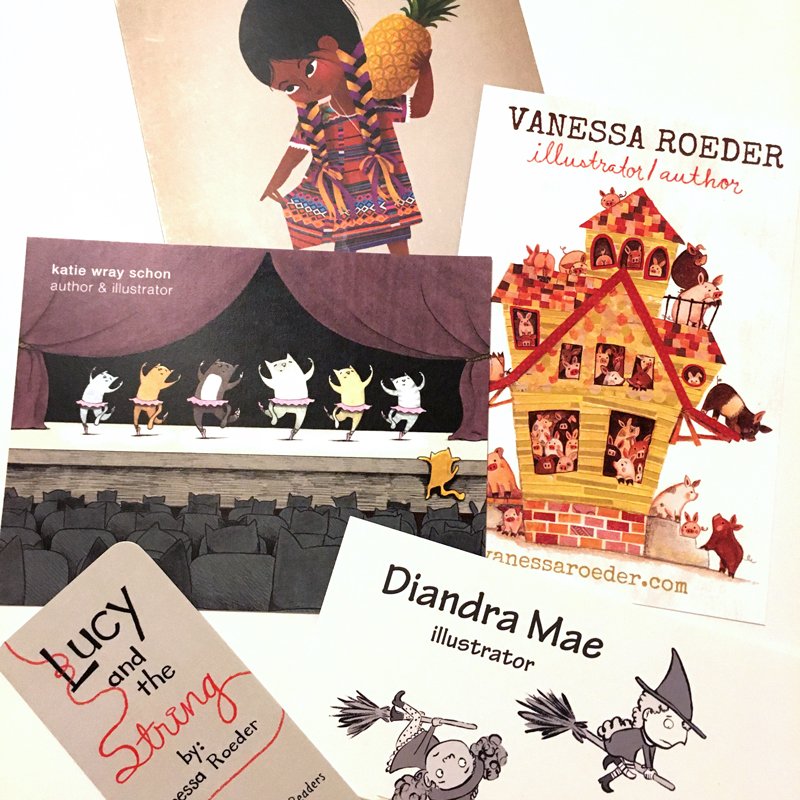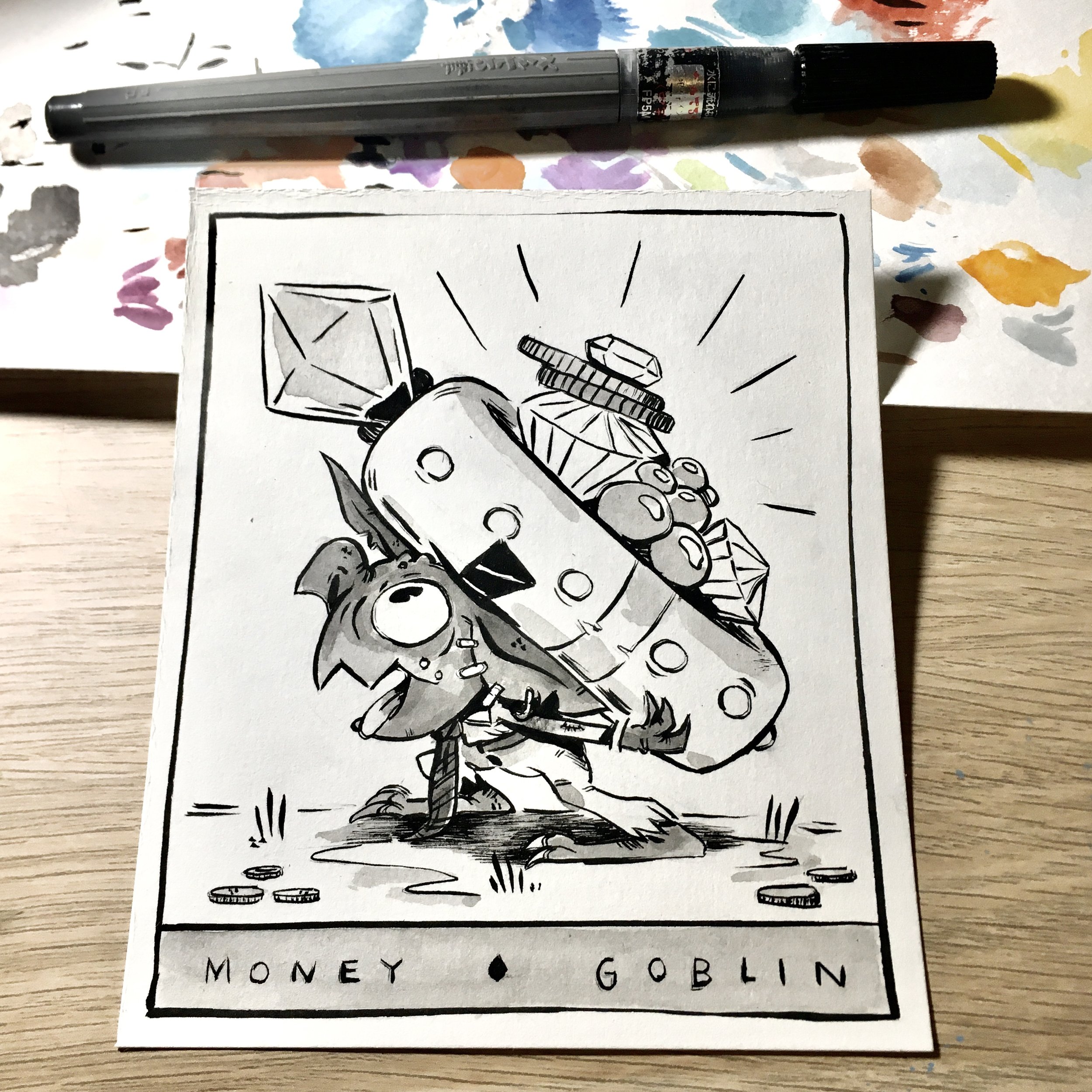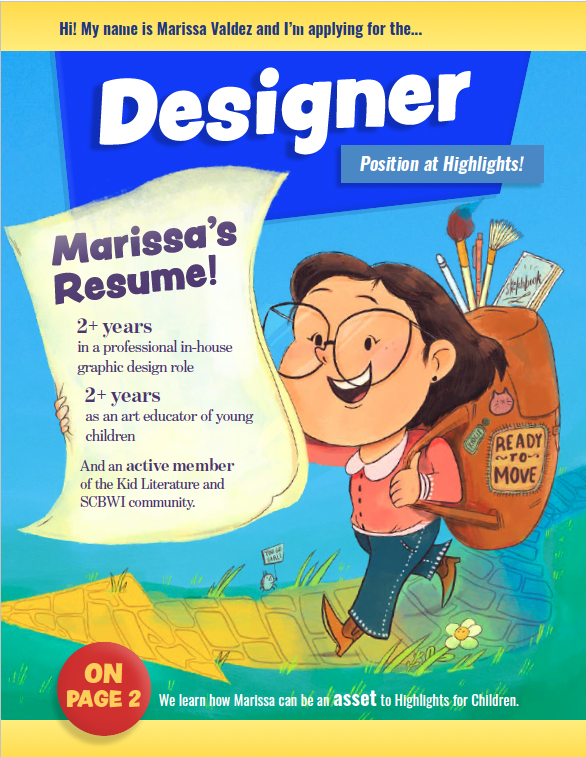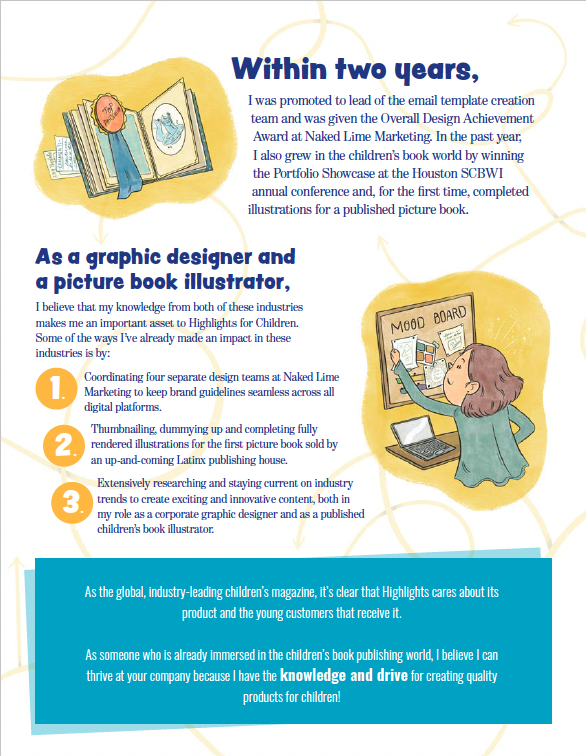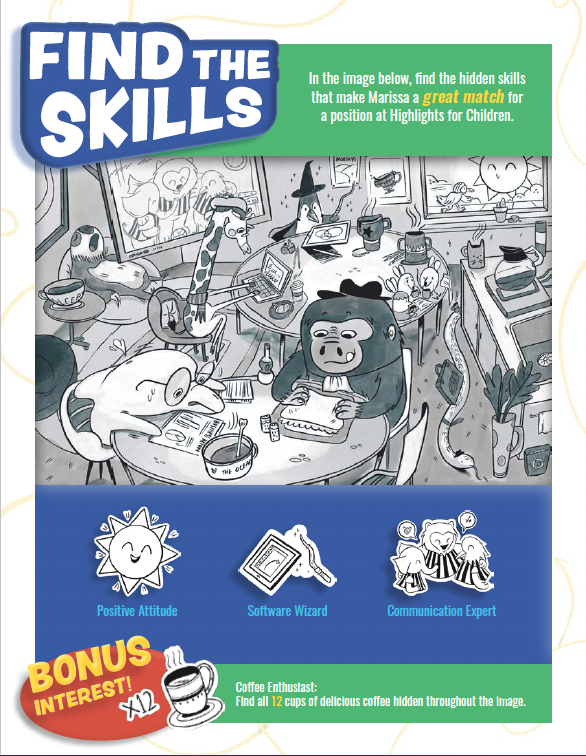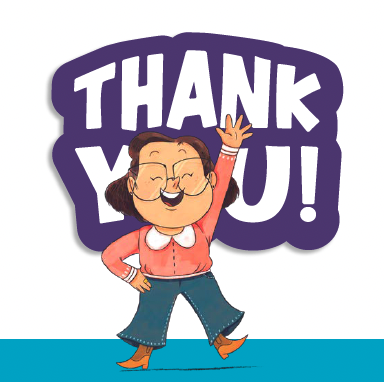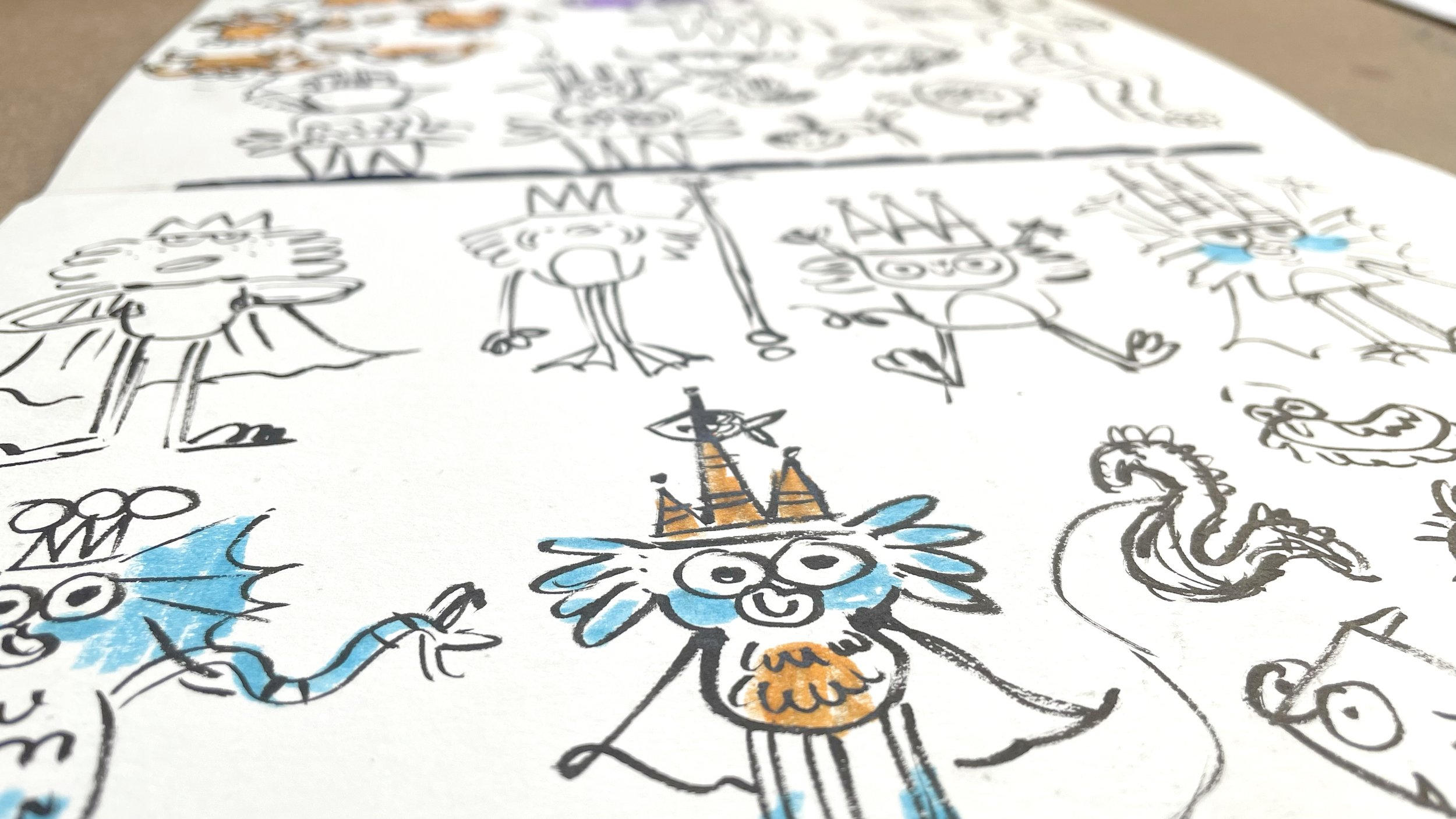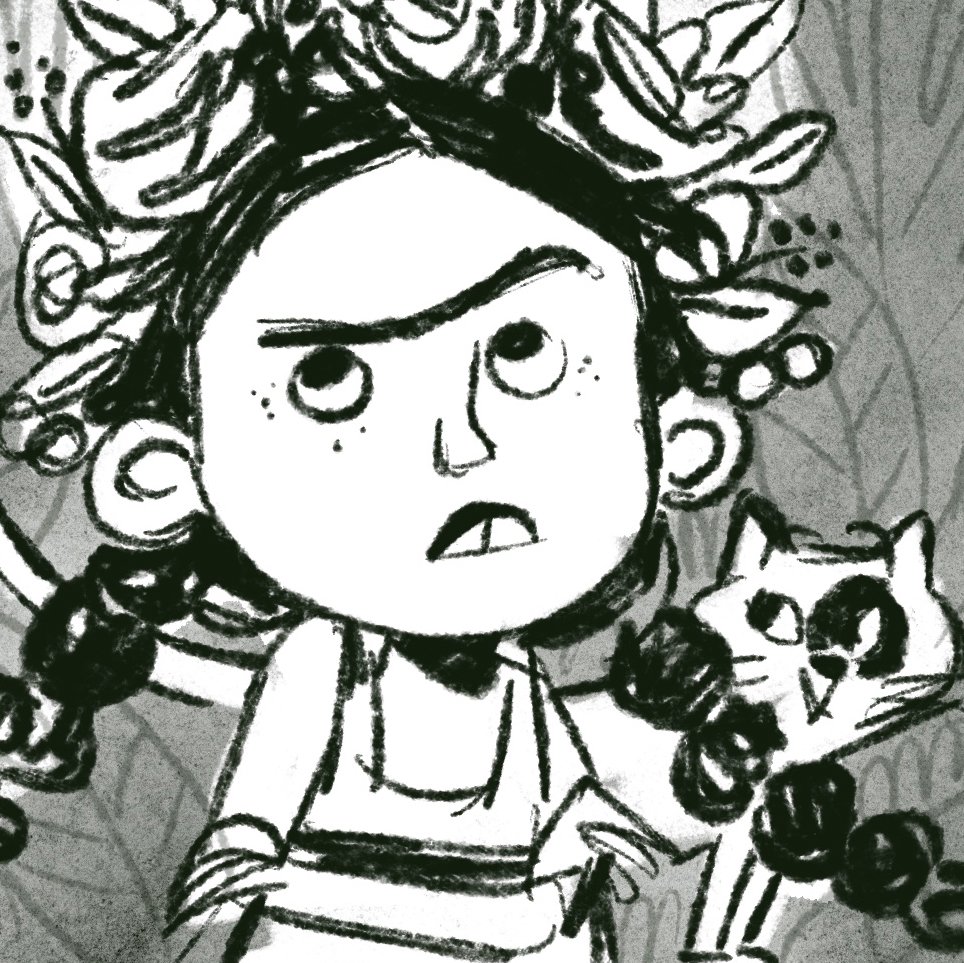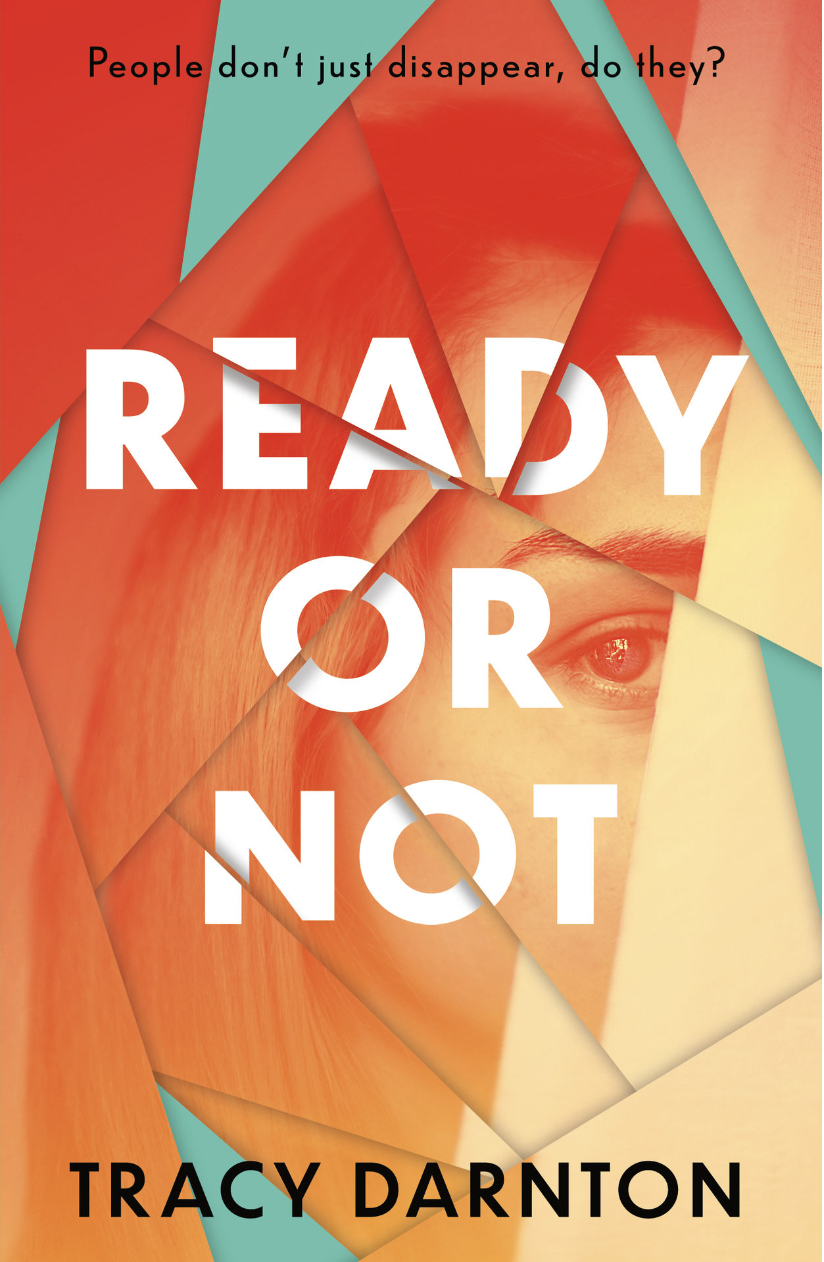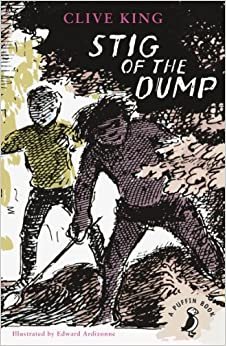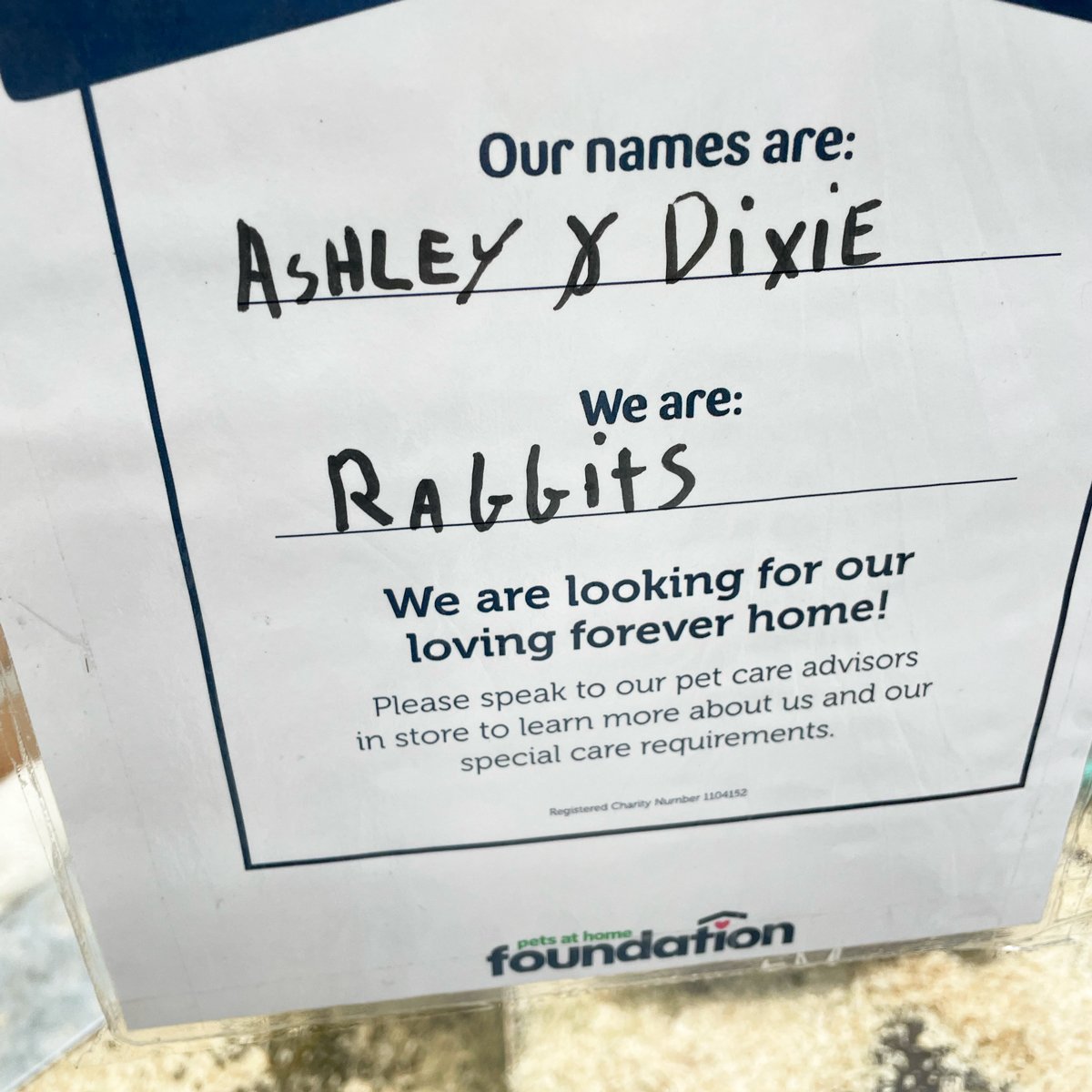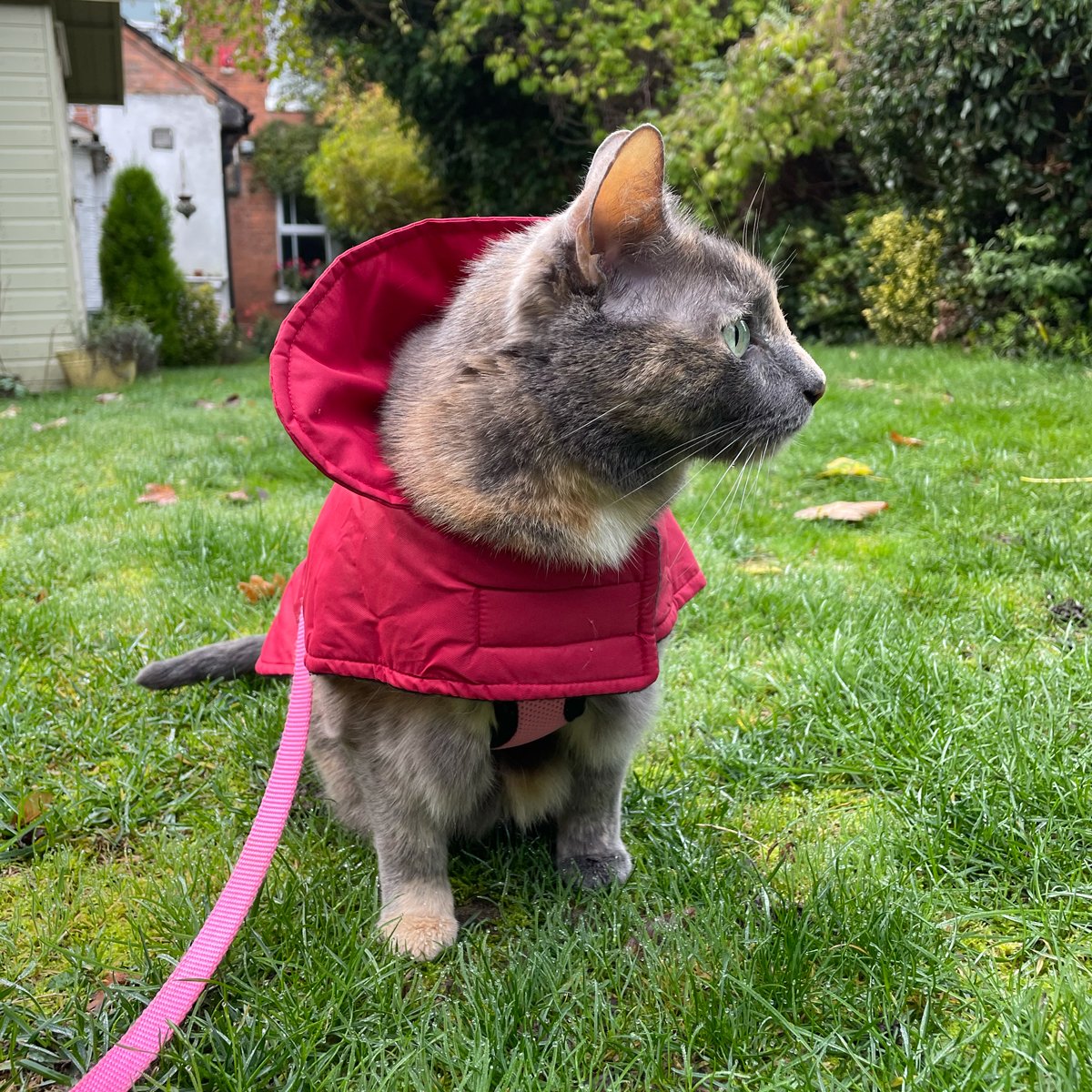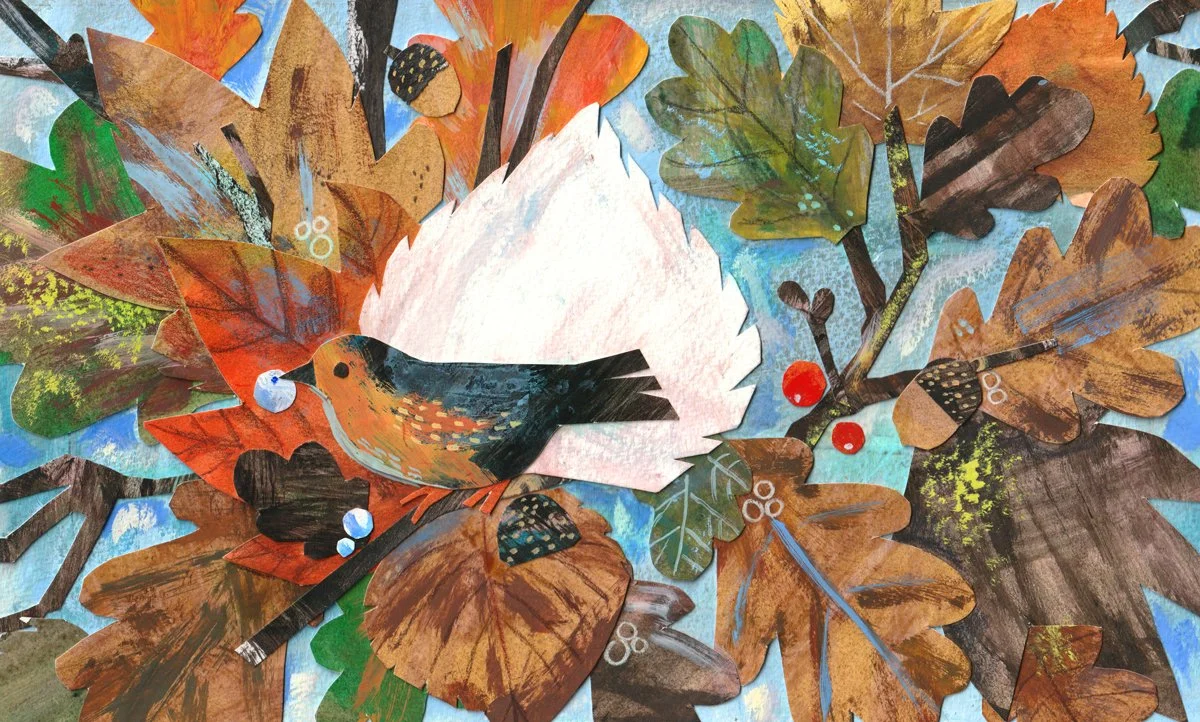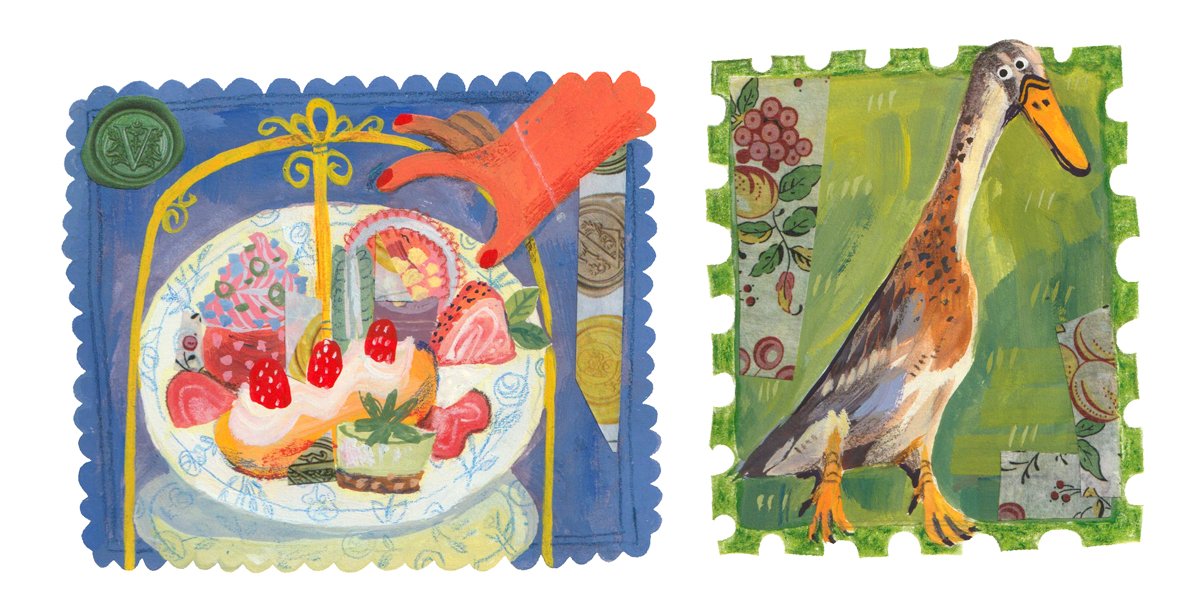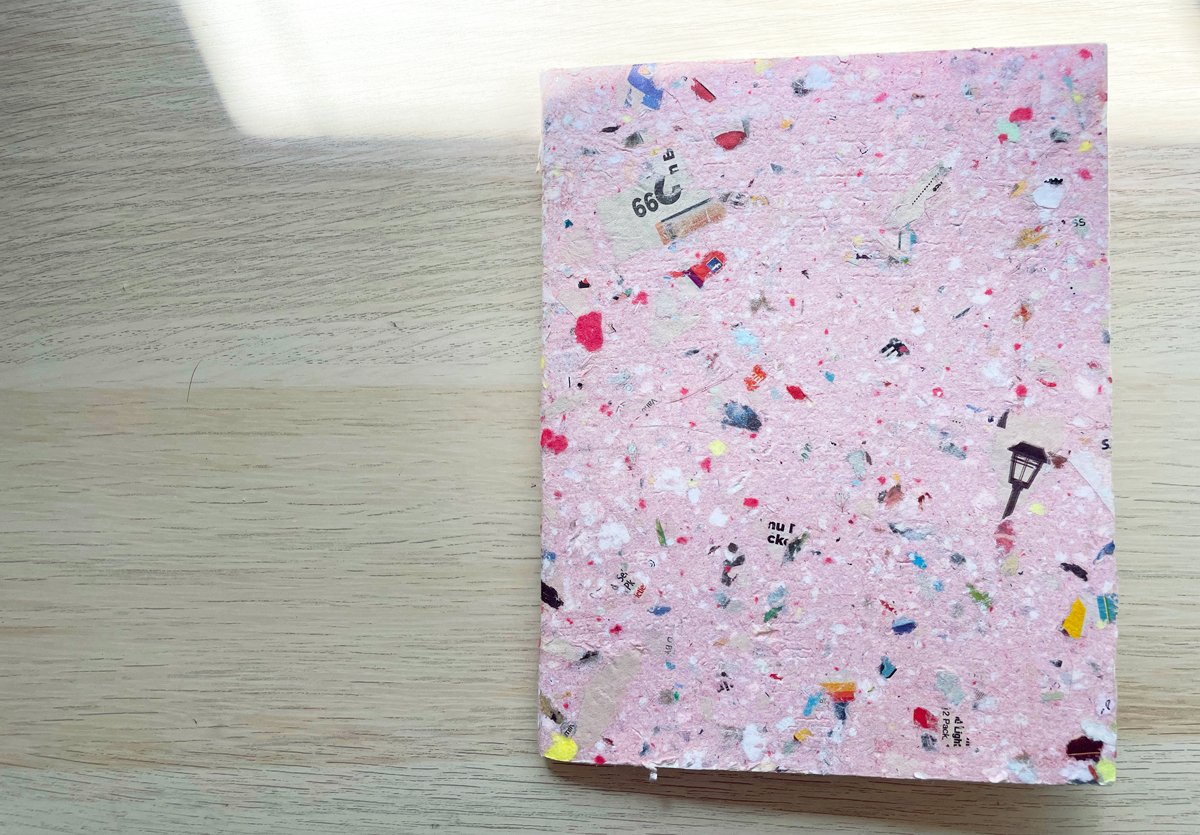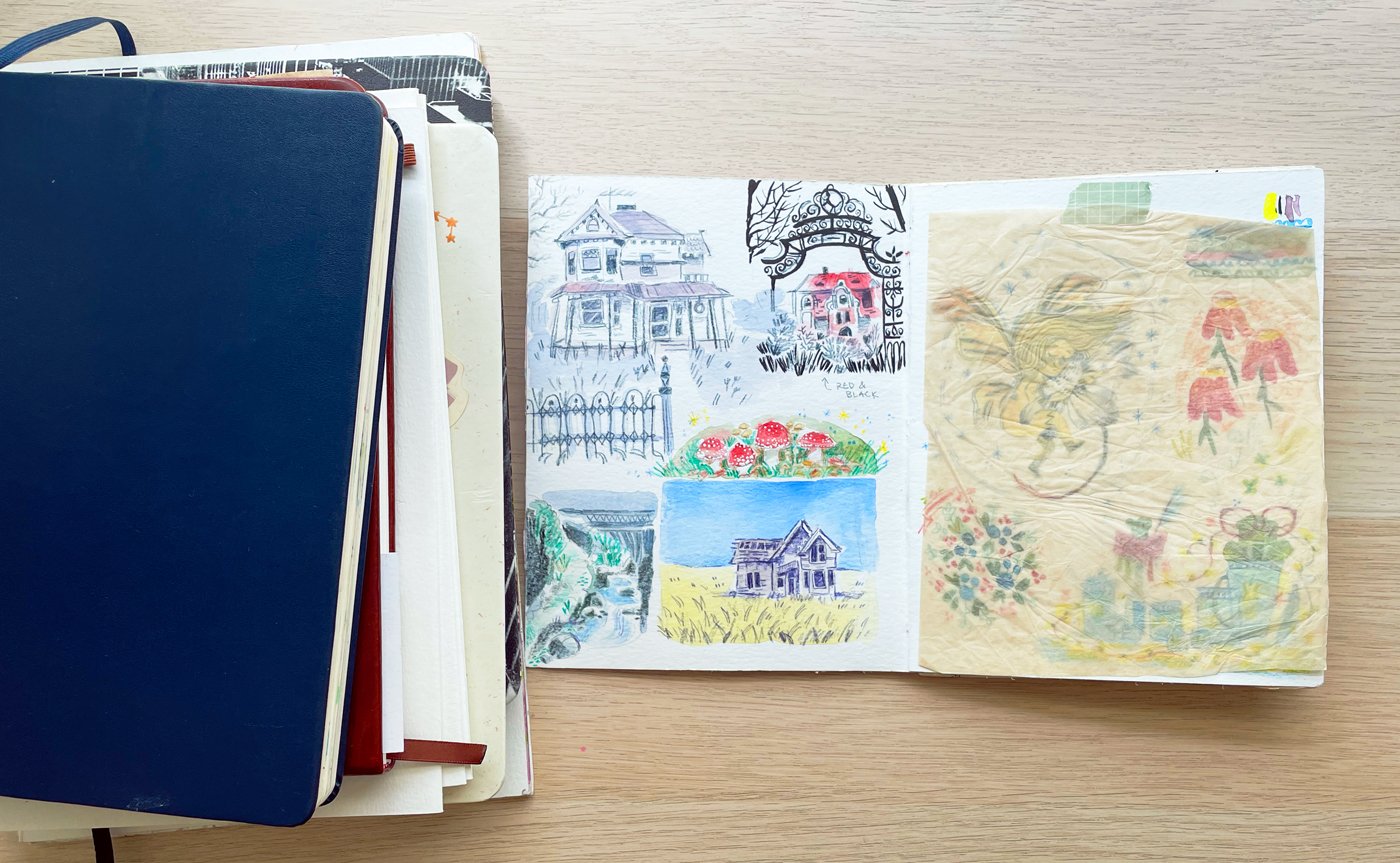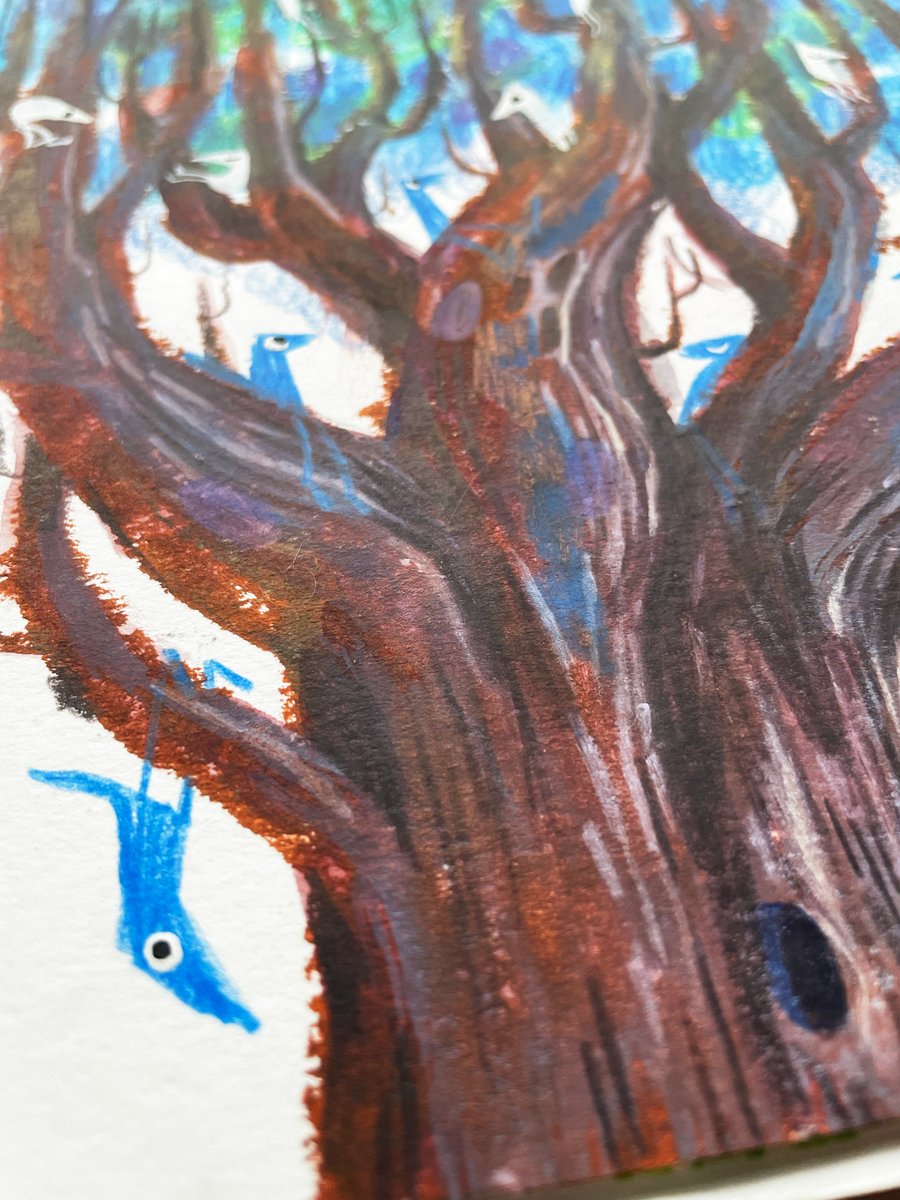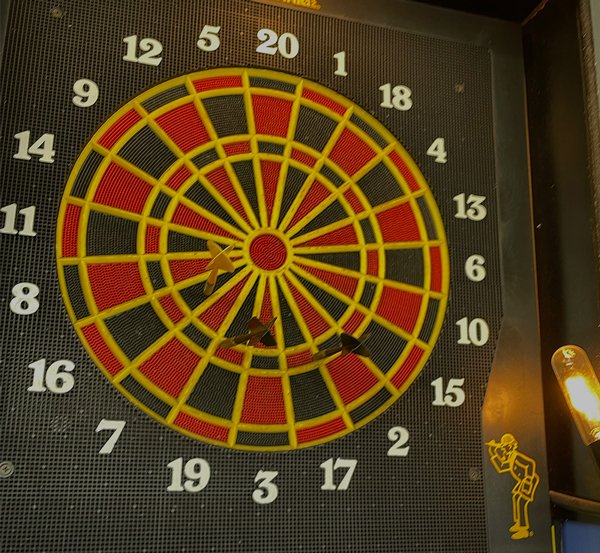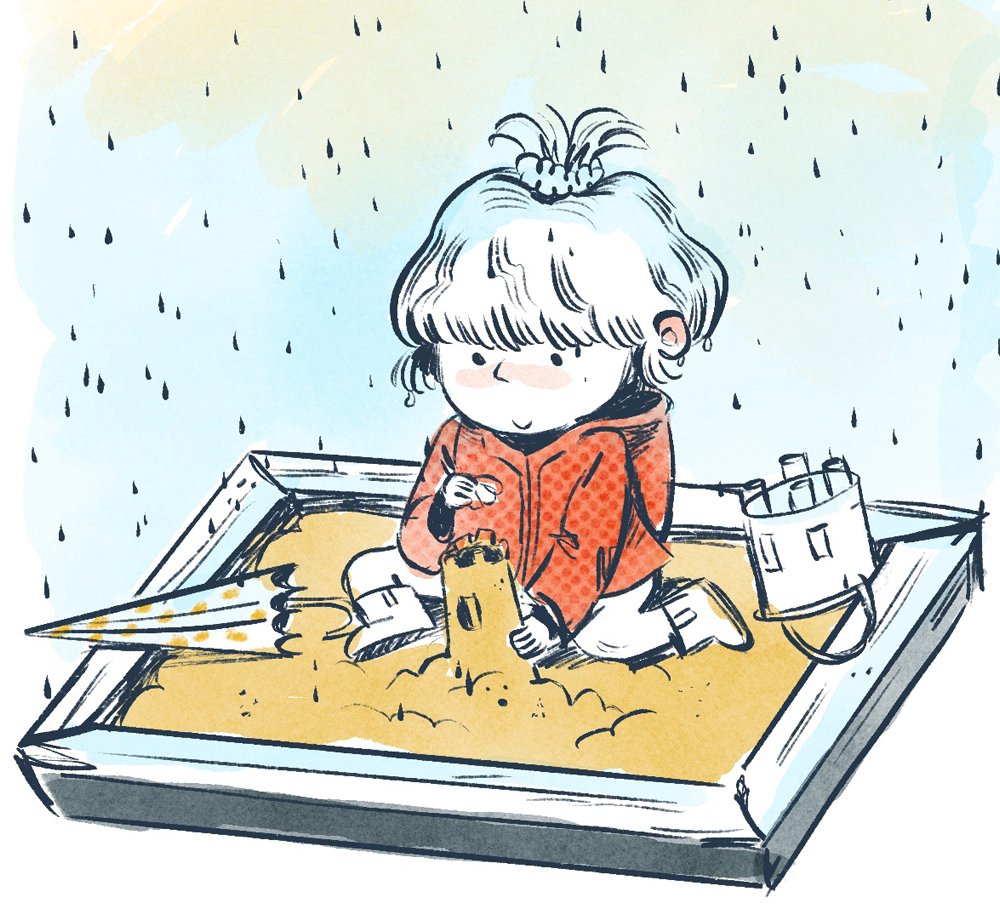Summer is finally here in the UK and I’m admiring the sun from inside after just finishing final artwork for another picture book. At the end of creating a book I always become a bit of a hermit, wearing sweat pants all day, if not pajamas. Hygiene gets thrown out the window, showers are optional and eating comes in the form of snacks and scarfing down something at my office desk. But the work is done and I’m ready to finally go outside! Who knows, I might even get a tan.
Anywho, I wanted to write about a topic that keeps on popping into my life these days. Agents! I don’t know if it’s the summer air or if there’s a common thread in the combined consciousness of the children’s book industry, but SO MANY PEOPLE I know are querying and signing with agents right now! If you’re in the kidlit world, you know that’s a big achievement because the whole “agenting” process is not straightforward or easy.
When I first started getting interested in the children’s book industry, I had no idea what a literary agent was. I hadn’t heard about them in art school and the only time I had even heard the title was in relation to celebrities or to the FBI. And FBI agents, I found out, have nothing to do with making books.
I know that a large chunk of you lovely blog readers are illustrators who are working towards getting your first book deal. And getting into the industry sometimes feels like a daunting process especially when you’re at the point where you’re looking for an agent. So I’m writing this today to make the mysterious topic of agents a little less mysterious.
It can feel a little scary sending your precious portfolio into the big, wide world!
What is an agent/agency?
Okay, I KNOW I’m breaking protocol and starting with “what” instead of “who”, but I think it’s important that you should know what children’s book agents actually are. Here’s a definition from the Oxford English Dictionary:
A literary agent is “a professional agent who acts on behalf of an author in dealing with publishers and others involved in promoting the author's work.”
The children’s book world is made up of freelance authors and illustrators. Publishers hire us as contractors so, essentially, we have to make up a new contract for every project we work on. And if you want to make a career out of being a writer, illustrator, or both, you need to have a steady influx of book projects coming in to make a living salary. For author/illustrators you create books to sell to publishers in between doing illustration work for books already written. It’s a lot to handle yourself. Each publisher words their contracts, pays royalties and advances, states specific parameters for their books differently.
So agents are that in-between. They handle all of the contract work, the submission process, editing (although not always), scheduling, cheerleading, etc. My agent could be considered “superhuman” considering everything she juggles.
Let’s define “agent” even further:
Literary Agent: A literary agent is, I’d say, the most common type of agent you’ll encounter working in the children’s book industry. They tend to work only on book deals (no magazine projects, children’s products, etc.) and they tend to either be children’s book agents or adult’s book agents, but it can differ from agent to agent and agency to agency. Literary agents tend to take 15% commission. So that’s 15% of your advance + any royalties.
Art/Illustration Agent: A children’s illustration agent is someone who will represent you for book deals, magazines, children’s product design, and anything children’s illustration related. I’ve noticed that they tend to promote your work more than a literary agent might, like they’ll send out digital postcards or email campaigns. Art agents will represent illustrators and author/illustrators and I find that an increasing number are even representing authors. Art agents tend to have a higher commission starting at 20% but can go up to 30%.
When researching both literary and art/illustration agents you might hear the word “editorial” thrown around. An editorial agent is an agent that will edit your manuscript and dummy before submitting it to publishers. Other agents will let you do this on your own but might be involved in your portfolio curation. A good thing to remember is that agents, much like illustrators, are in a pretty flexible career. Each one is unique!
Who are the agents and agencies?
According to querytracker.com, there are hundreds of literary agencies and thousands of literary agents in the publishing industry. So where do you start searching?
Now that you know what an agent and agency is, let’s go over some of the top dogs in the literary agenting world. These are a few of the agencies I was interested in when I first started my journey that I thought could be a good starting place for ya’ll:
Literary Agencies:
Andrea Brown Literary Agency: This is where I’m represented! I might be a bit biased because I LOVE it here, but ABLA can stand on it’s own two legs. It is a children’s book agency only and represents notable authors and illustrators like Kate Messner, Raul the Third, and Meg Medina.
Writer’s House: Writer’s House is an agency that represents both adult work and children’s work. They represent top illustrators like Dan Santat, Jon Klassen, and Oge Mora.
Stimola Literary Studio: This is an adult and children’s book agency, so they do it all. They represent top authors and illustrators like Suzanne Collins, Anne Hunter, and Donna Barba Higuera.
Folio Jr.: I heard about Folio Jr. from a couple of my kidlit friends. Folio Jr. is the children’s book offshoot of their main agency, Folio Literary Management and represents big names like Sydney Smith, Erin and Philip C. Stead, and Megan and Jorge Lacera.
Root Literary: Root is a boutique agency. It doesn’t represent huge numbers of clients like Writer’s House does, but I’ve heard great things about it from fellow authors and illustrators. A boutique agency allows for a more focused environment. Root Literary represents adult and children’s work. There are only a handful of agents and they represent top authors and illustrators like Ellen T. Crenshaw, Joy Hwang Ruiz, and Colleen AF Venable.
Art/Illustration Agencies:
The Cat Agency: Previously, I would have listed The Cat Agency as “boutique”, but they have grown exponentially in the past couple years. They have multiple agents and represent children’s book illustrators along with a handful of authors. Their notable clients are Niña Mata, Rahele Jomepour Bell, Nathan Hale, and Jamie Green, but they also represent a whole range of illustrators that inspire me.
Bright Agency (UK based): I would consider this agency to be very large and one of the biggest children’s illustration agencies in the world. They represent clients in greeting gifts, design advertising, animation, literary, licensing and children’s illustration industries. I was surprised that they represent a handful of writers as well. Their notable clients are Benji Davis, Chris Chatterton, Fiona Woodcock, and Tom Knight.
The Plum Agency (UK based): This illustration agency represents author/illustrators and illustrators in the children’s illustration market. They specialize in children’s illustration and media. I couldn’t find more information on exactly what “media” means but I assume TV deals are happening! Some of their notable clients are Paula Bowles, Kate Pankhurst, and Stef Murphy.
Tugeau 2 or also known as T2: This is a boutique agency that has an interesting link to The Cat Agency. Nicole, the founder of T2 is Christy Tugeau’s (founder of The Cat Agency) daughter-in-law! What a small world. T2 represents children’s book illustrators and a handful of authors. Some of their notable clients are Devon Holzwarth, Teagan White, and Lee White.
These are just a few out of the hundreds of agencies out there, but I’m hoping this is a solid starting ground. Make sure to do your own research about these organizations and see if they fit your needs. It can be a long process to get an agent, but doing lots of research is worth it in the end!
When should I start looking for an agent?
This is a hard question to answer and I believe it’s where a lot of illustrators struggle. It’s difficult determining when your portfolio is “agent ready”.
Portfolios, manuscripts, and dummies are living, breathing things and you can work on them forever. But at some point you need to make the leap and start sending out your work to agents!
If you’re an illustrator, take a look at your portfolio. Do you have a portfolio with 10 or more images in one style showing the kind of work you want to get, i.e. picture book illustration, middle grade illustration, graphic novels, etc? If so, then I would start making an agent list. If not, try building your portfolio up a bit more.
Shameless plug here, if you’re not sure what you need for a children’s illustration portfolio, check out my Domestika class on creating an Online Children’s Illustration Portfolio.
But also be kind to yourself. I didn’t think I was ready for an agent when I received offers of representation. It really took me by surprise! You can test out your portfolio readiness with critique groups, paid critiques from industry professionals, and fellow illustrators. Even try reaching out to illustrators that are agented by your dream agent and ask for their opinion.
They might be busy and not able to respond, but in my experience people kindly share their knowledge. People are really nice in this industry! They’ll help you determine whether you’re ready or not.
What it sometimes felt like for me when I was querying agents. Better finished than perfect though!
Where do I send in my queries? (+How do I prepare??)
First things first, what is a query letter?? If you haven’t heard this word being thrown around, “querying” is the term used when you start the process of reaching out to agents for representation. A query letter is a kidlit resumé and cover letter rolled into one. It’s usually sent as an email and it’s how you introduce yourself and your work to an agent.
Now that you’ve determined which agents you want to query and what you want to send, where do you send this magical query letter?
Each agency has different guidelines for sending in your query letter, portfolio, and dummy. This may even differ from agent to agent within an agency. Like everything else when it comes to querying, take your time, do your research, and organize your process. You’ll be sending out your portfolio in no time! I’ve outlined all the submission pages for the previously listed agencies below.
Andrea Brown Literary Agency: https://www.andreabrownlit.com/submissions (You’ll need to go to each agent’s contact page and click on the teal-green text to fill out a query manager form.)
Writer’s House: https://www.writershouse.com/submissions
Stimola Literary Studio: https://www.stimolaliterarystudio.com/submissions
Root Literary: https://www.rootliterary.com/submissions/
Folio Jr.: https://www.foliojr.com/emily-van-beek (The submission requirements are located on the individual agent pages.)
The Cat Agency: https://catagencyinc.com/contact-us
Bright Agency (UK based): https://thebrightagency.com/uk/submissions/new?division=childrens-illustration
The Plum Agency (UK based): https://theplumagency.com/submission
Tugeau 2 or also known as T2: https://tugeau2.com/contact
How to prepare to query?
Draft your query letter! Now I’m not a query letter expert so I’m going to add some links here that better explain how to format a query letter better than I could. Feel free to use the example below of a letter that I wrote when I was querying agents in 2020 as a jumping off point! This is a query letter to The Cat Agency’s Christy Ewers that got me an email reply and a call. I find that seeing a real life example can help more than reading a list of tips and tricks. I’m a visual learner and I bet my butt that you are too :)
“Hello Christy,
I attended your Portfolios and Promotion webinar on March 12th and was enthralled. I’ve been keeping an eye on the CAT Agency for the majority of my illustration career and was ecstatic to see that you were accepting submissions from those who attended. As a previous Bostonian, I was also excited to hear someone use “wicked” in a sentence again!
I am a Latinx author/illustrator based out of Houston, Texas, where the weather is hot but the tacos are even hotter. Since focusing on my illustration career I’ve received several accolades: Top Portfolio Award at the 2019 Houston SCBWI Conference, winner of the Society of Visual Storytelling’s November 2019 Illustration Contest, and two-time winner of SCBWI’s Draw This Challenge published in SCBWI’s monthly Insight newsletter (Dec. 2018/Dec. 2019). I also illustrated PAPITO AND THE SQUEEZEBOX, a music-based Tejano picture book, for Puro Party Publishing released March 2020.
After graduating with a BFA in Animation from MassArt, I had a short but sweet career as a preschool teacher. Currently, I work as a graphic designer at a marketing agency and believe my combined experiences and colorful illustration style create a strong foundation for the children’s illustration market.
In addition to my portfolio, I’d like to share my 376-word picture book, HEDGEHOGS DON’T WEAR UNDERWEAR, about a tighty-whitey wearing hedgehog who questions whether he is brave enough to break through society’s elastic bands.
I've included five illustrations for your review and my online portfolio and picture book dummy can be seen at www.marissavaldez.com. If interested, the password to get into the dummy is: Undies1
Thank you for your time and consideration!
Safe and Healthy Wishes,
Marissa Valdez”
If you’re planning on pitching yourself as an author-illustrator, keep a growing list of your book ideas. You don’t want to forget a potential best selling idea if an agent asks to hear your ideas!
If you’re already working on a picture book dummy, polish it off. Don’t worry about making it so perfect that it could be published. Rough sketches and a couple final pieces are enough to send in a query because showing an agent that you’re a prolific creator is better than making one perfect book.
Create a list of who you’d like to query. You can start by using the list from earlier in this blog or start researching on your own. Think clearly about what kind of agent you’re looking for while you do your research.
What kind of books do you want to work on? Which agents represent those genres? Do you want an agent that’ll represent you in art deals along with literary deals? Take some time to write down all your qualifiers and organize your agent list.
A screenshot of my Google Sheets agent organizer from 2020.
Organization is key when you’re querying! You might have to reach out to five agents before you get an offer, but you may also have to reach out to 100 or even more. It’s a different process for every person. So if you’re querying over months or even years, you’d want to make sure that you remember who you queried, when you queried them, what you sent them, and what their response was.
Here are a couple of links to videos that can help start your query organization process:
Why do I want an agent?
Okay, so now you know the basic who, what, when, where and hows. But the biggest question is, why do you even need an agent? Why do you want one?
I like to approach this answer from the perspective of a small business owner, because freelance authors and illustrators ARE running businesses. And when you have a small business, it’s important to delegate tasks that someone else can do BETTER than you. You would hire an accountant to handle complex tax situations, right?
So why would you not take on an agent to help you through complex publishing situations as well? This means that you can focus on the things you excel at instead of stretching yourself so thin that you rip.
P.S. A lot of major publishers won’t accept manuscript or book dummy submissions without an agent. I would say that most authors and illustrators working with major publishers right now are represented by an agent, so they’re a major component of the publishing industry.
In my situation, getting representation from my agent changed my career path for the better. But having an agent isn’t always necessary. If you’re planning to only work on self-published books, or if you already have intimate knowledge of the publishing industry, I wouldn’t get an agent. If you’re thinking about only doing children’s products and not books, you might not need an agent as well.
While I’m very pro-agent for the rest of us, being a client of an agent does not necessarily mean that the relationship will work out. I would say about 40% of the authors and illustrators I know have had to leave their agent and find a new one. That’s a scary thought, but it shouldn’t keep you away from the querying process because those 40% also found an agent that they now love!
So once again, I would do research, make a list of your priorities, and see if having an agent is the right choice for you. And remember, this is all a learning process. For better or for worse, being a children’s book author and illustrator is an incredibly flexible career path. Whatever decision you make isn’t permanent! We’re all just learning as we go 💛
Some last advice:
Agents are not publishers. They look at you as potential, not as a finished product. A relationship with an agent is going to grow over time and as long as there is equal give-and-take, the relationship should flourish.
Participate in online contests like #DVPit and mentorships to gauge how much interest you’re getting in your work.
I felt completely unready when I started looking for agents. I participated in #DVPit and thought that I would get little to no interest. To my surprise, I got interest from many different agents, several of those from major agencies, with multiple offers!
All that to say that if I didn’t participate in that contest, I would have waited another six months to year to query agents. We creatives can be our own harshest critics but sometimes we need to push past that fear and take the leap into the unknown. So get to it!
Here are a few extra resources to help you along your journey!
Blog Posts:
https://www.curtisbrowncreative.co.uk/blog/how-to-query-a-literary-agent
https://brookevitale.com/blog/how-to-find-a-childrens-book-agent
https://taralazar.com/category/queries/
https://debbieohi.com/2023/03/redfoxliterary-loristeel-christopherthornock
Youtube Videos:
http://www.anooshasyed.com/blog/2020/11/15/how-do-i-get-an-agent
https://www.youtube.com/watch?v=BpQxUclWxZc&ab_channel=BookEndsLiteraryAgency
https://www.youtube.com/watch?v=X7IM1f-VqZk&ab_channel=TheIllustrator%27sGuide
https://www.youtube.com/watch?v=sLDgMf05YFo&ab_channel=GoodStoryCompany
Podcasts:
https://www.svslearn.com/3pointperspectiveblog/3pp130
https://www.jenniferlaughran.com/literaticast
Mentorship:
A hot day holding some hot new books! But seriously, I was sweating here…
